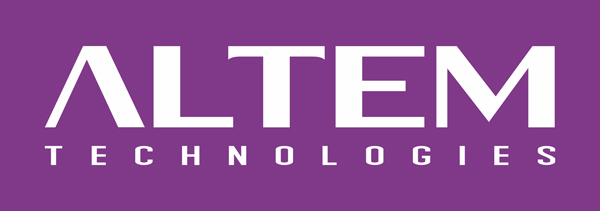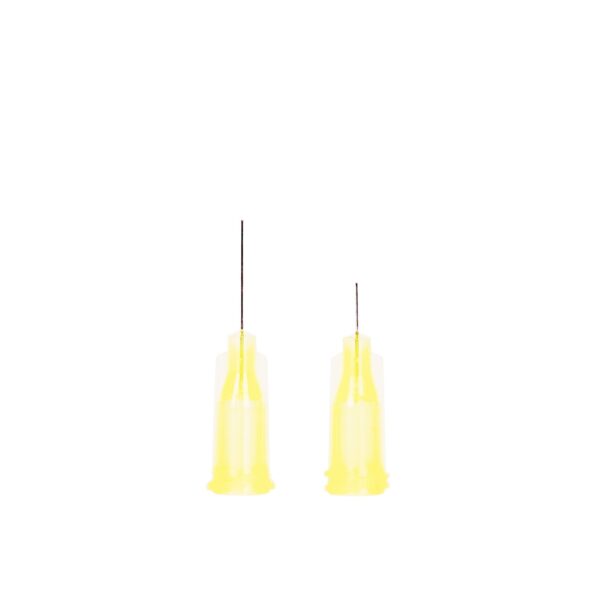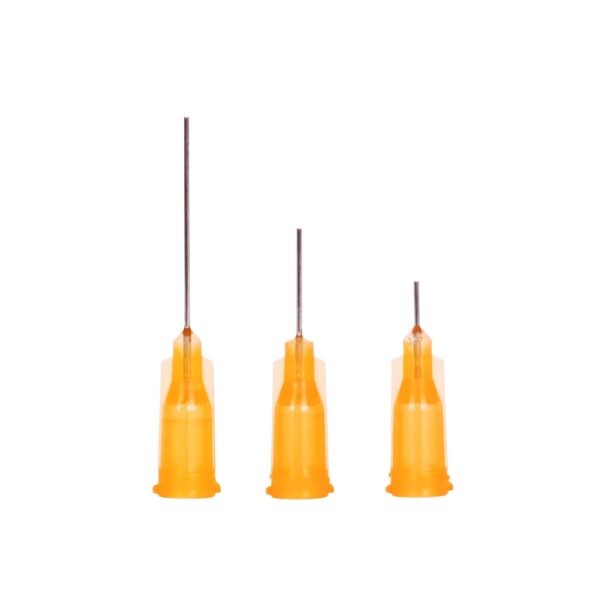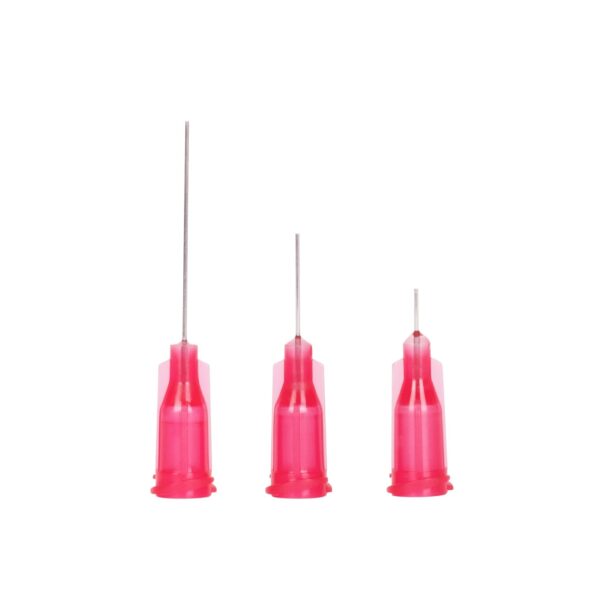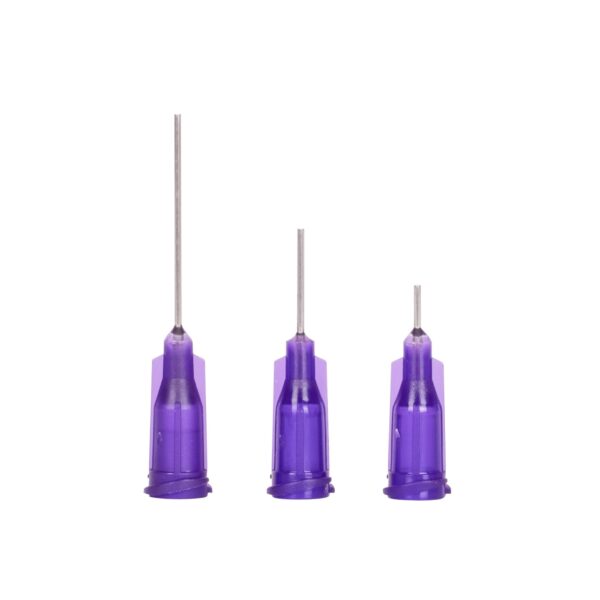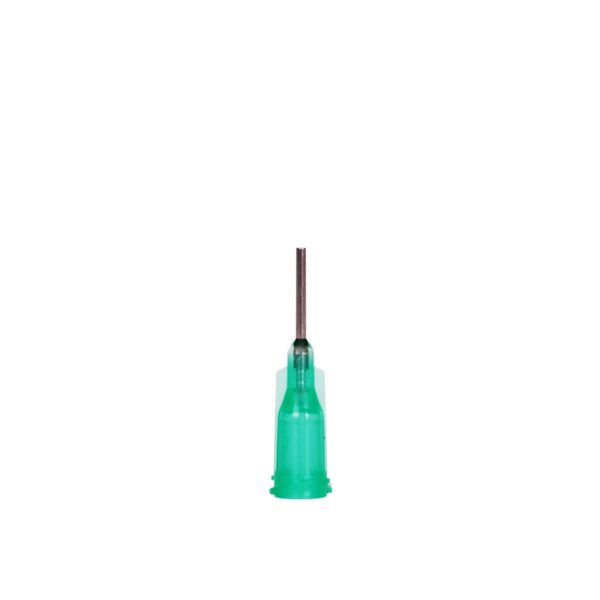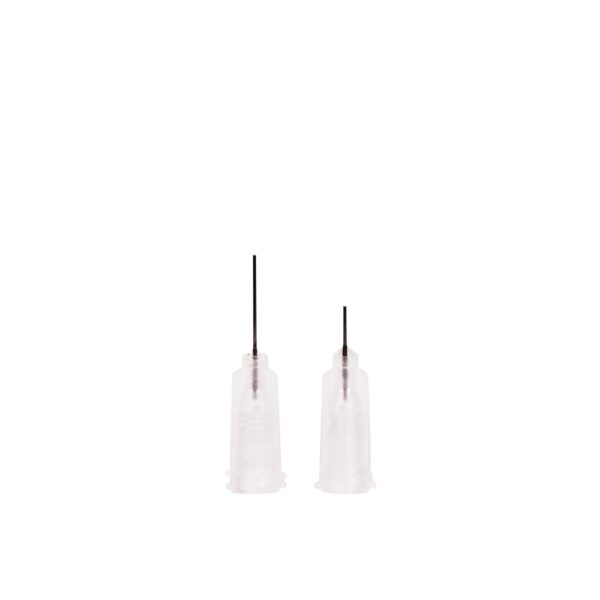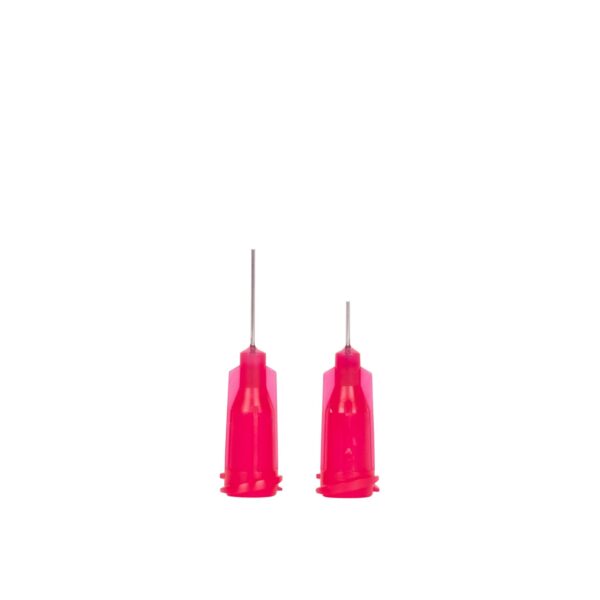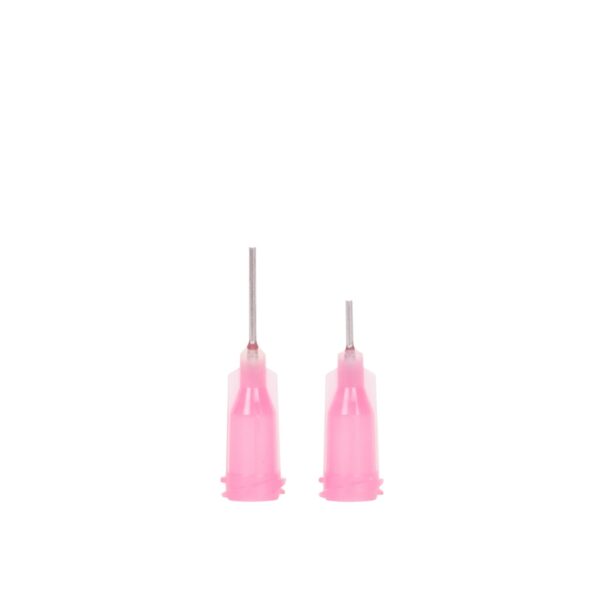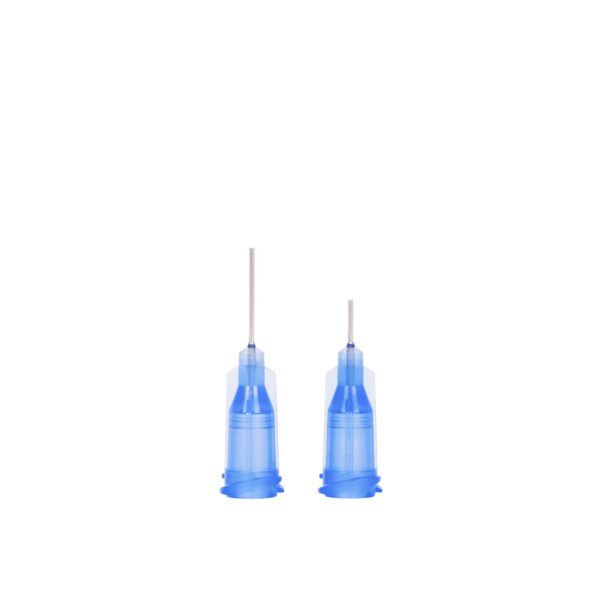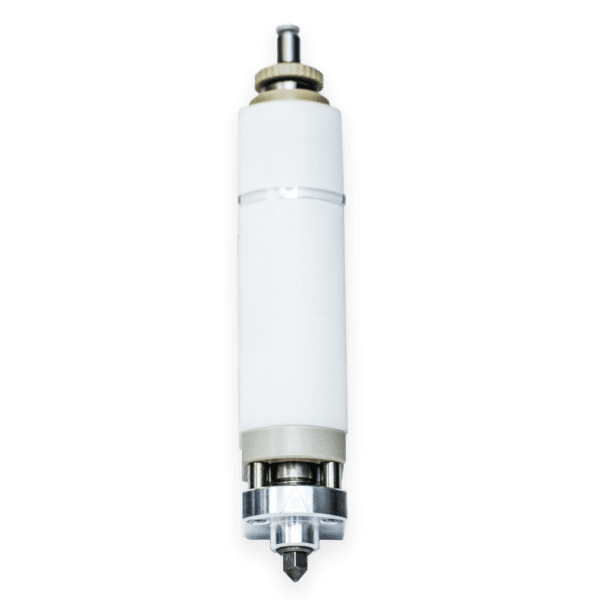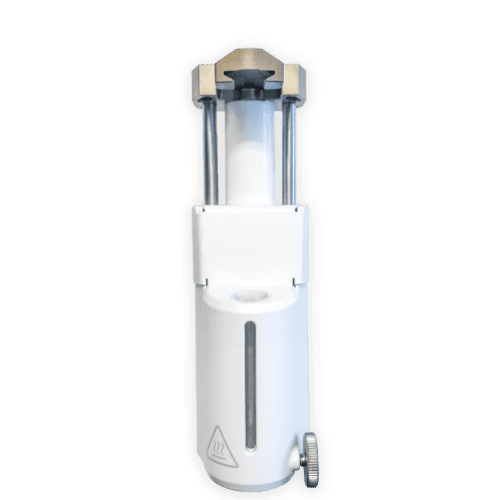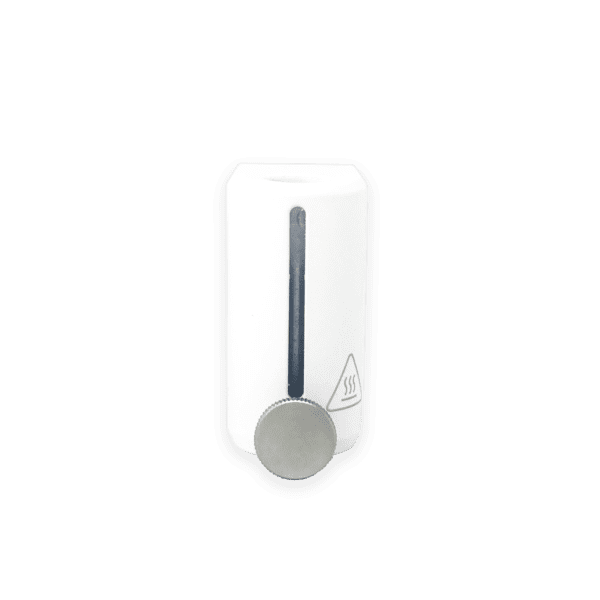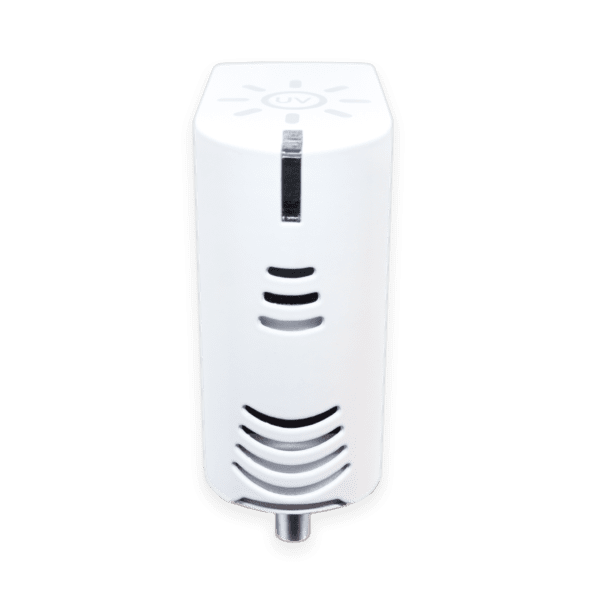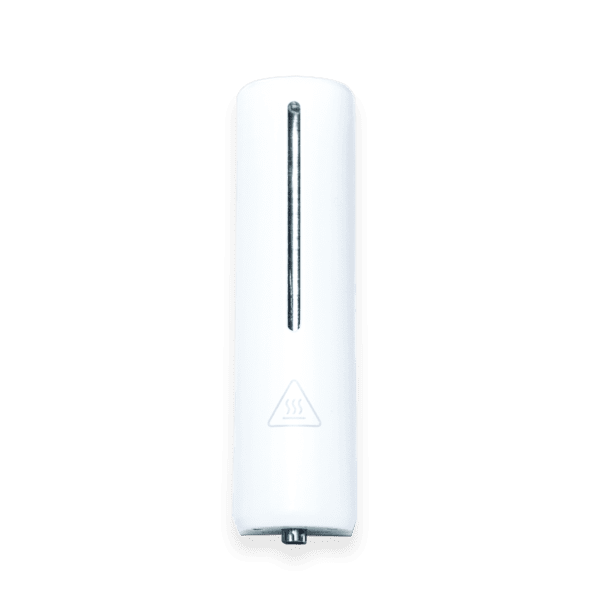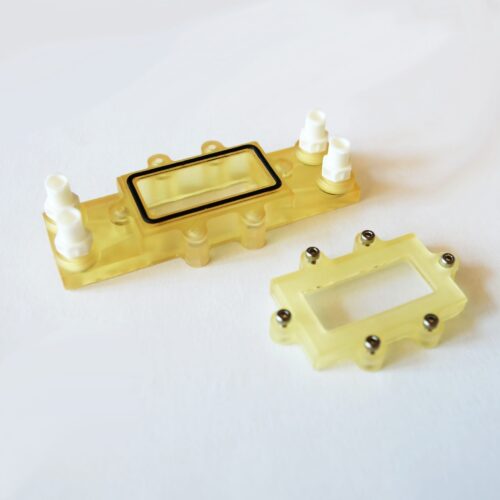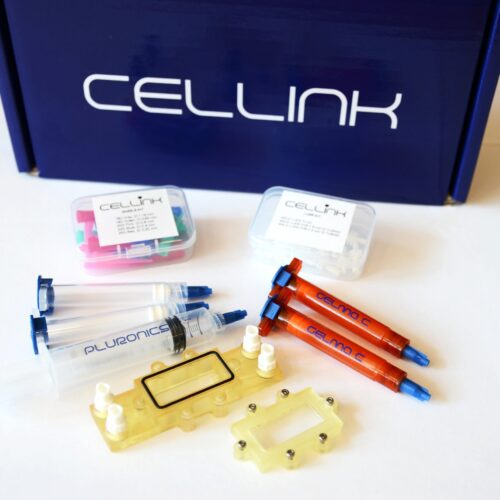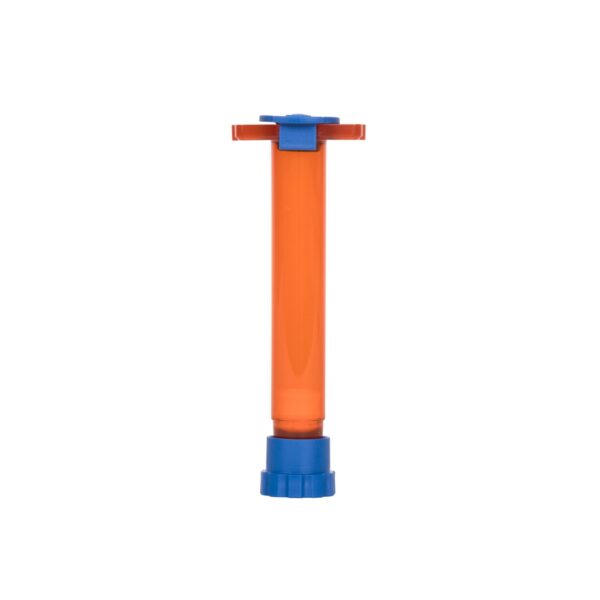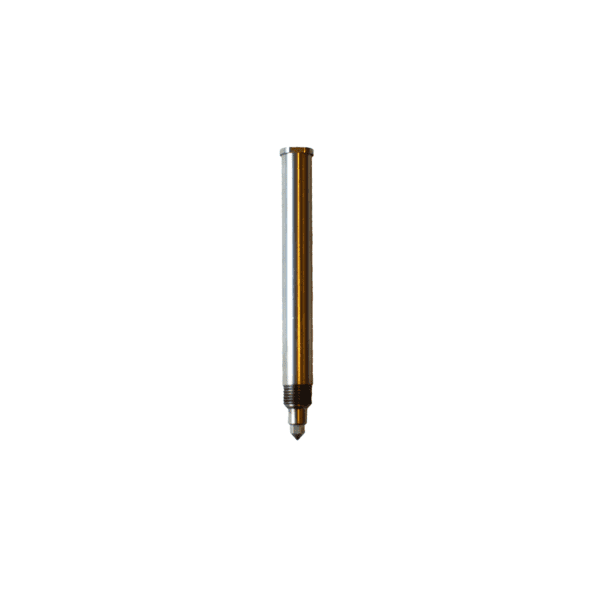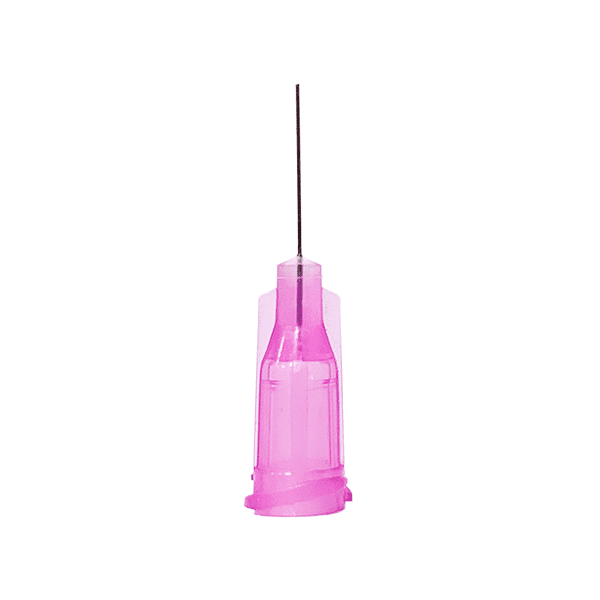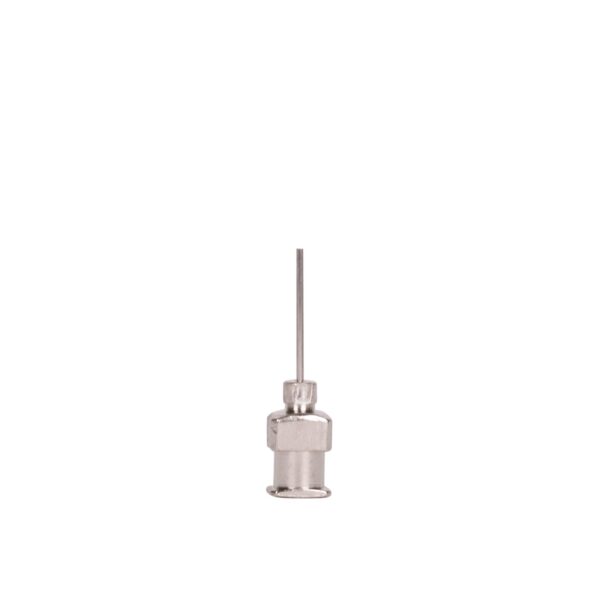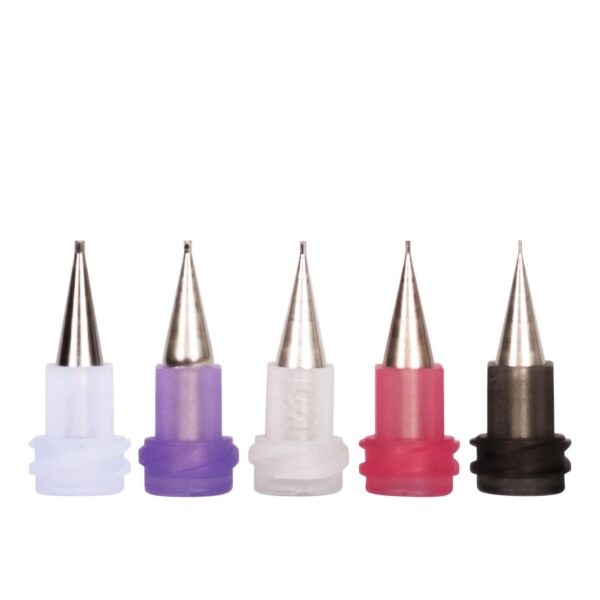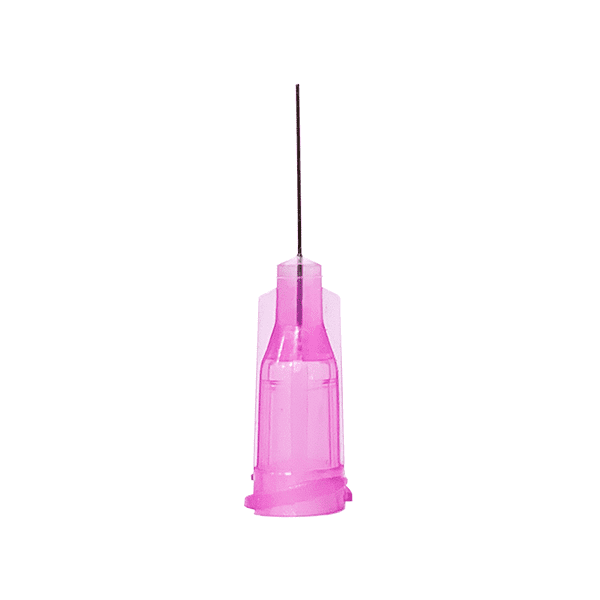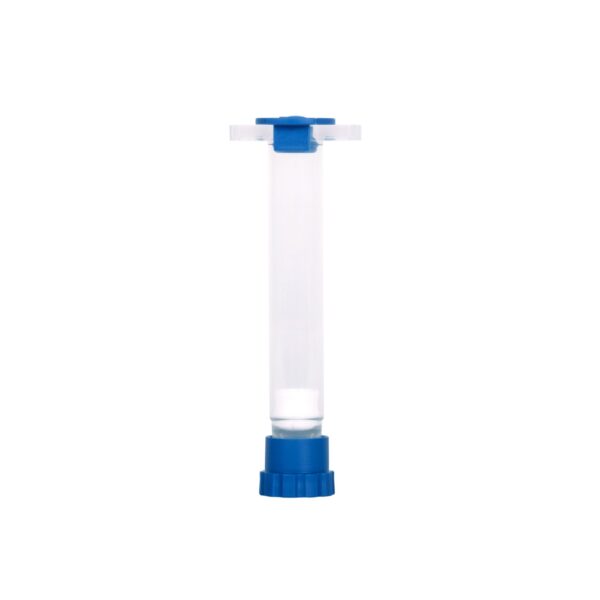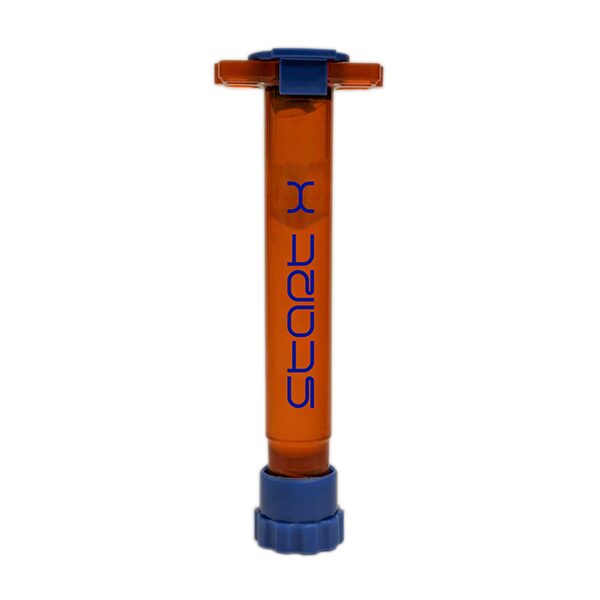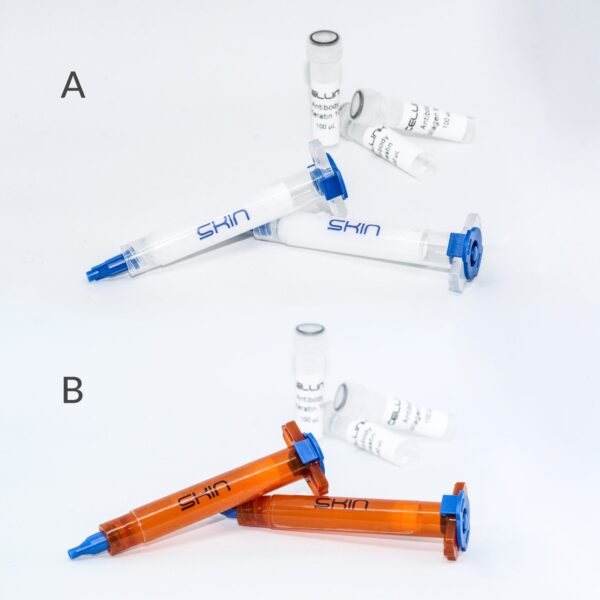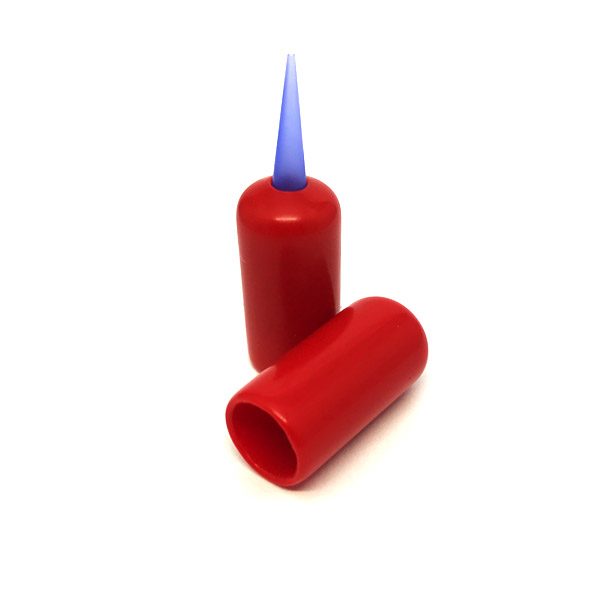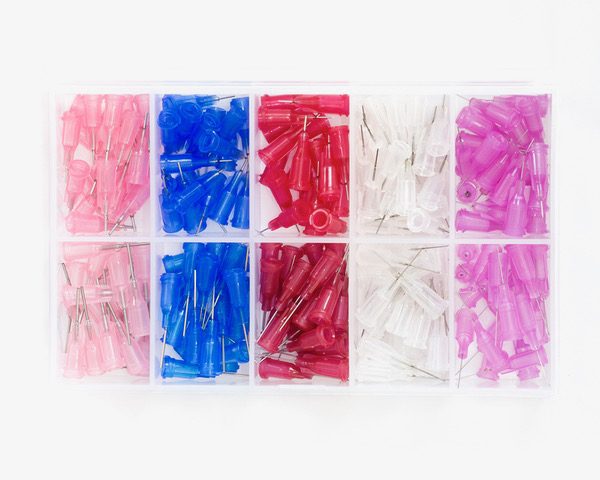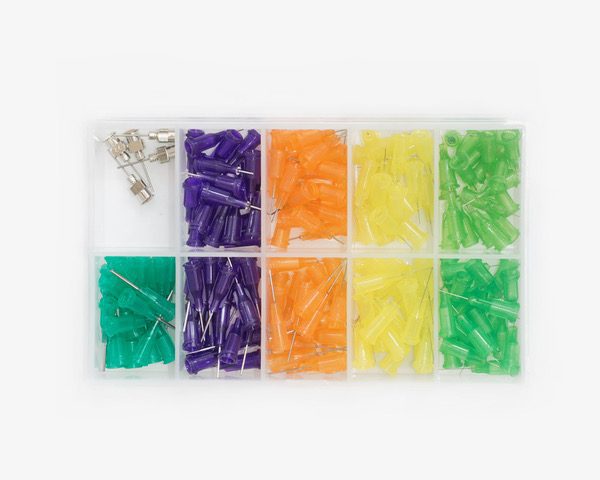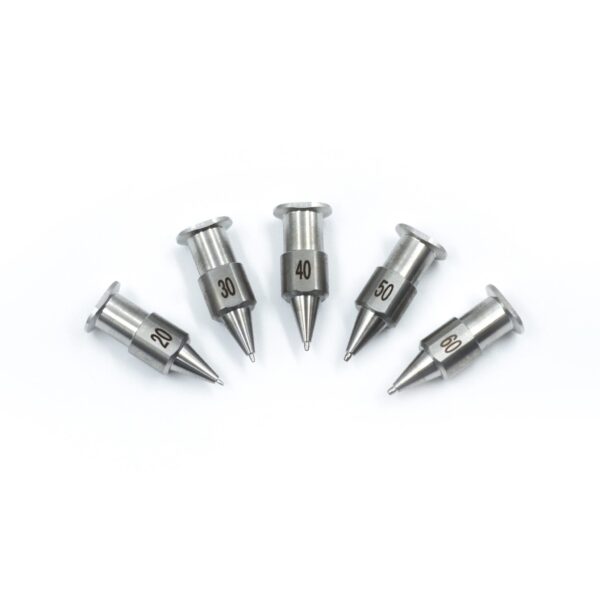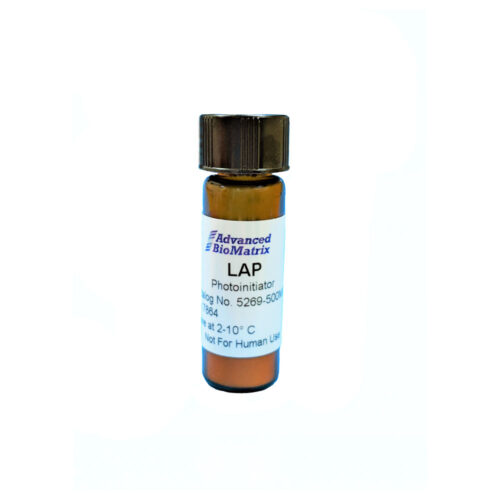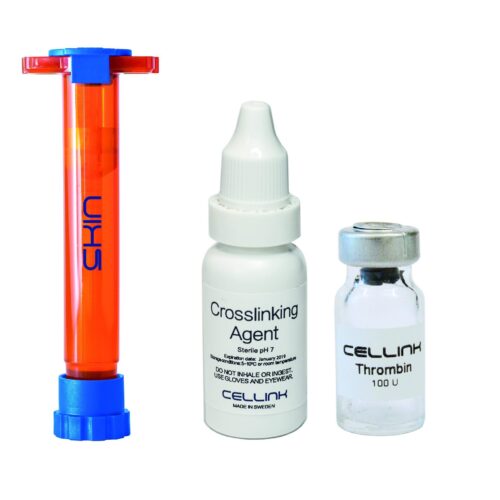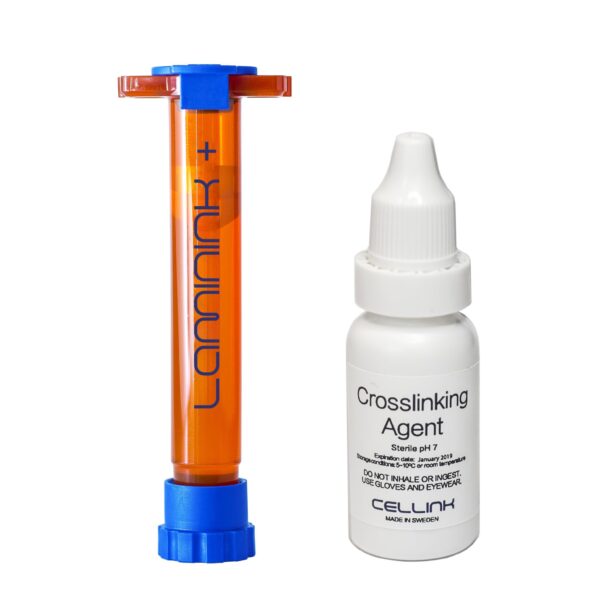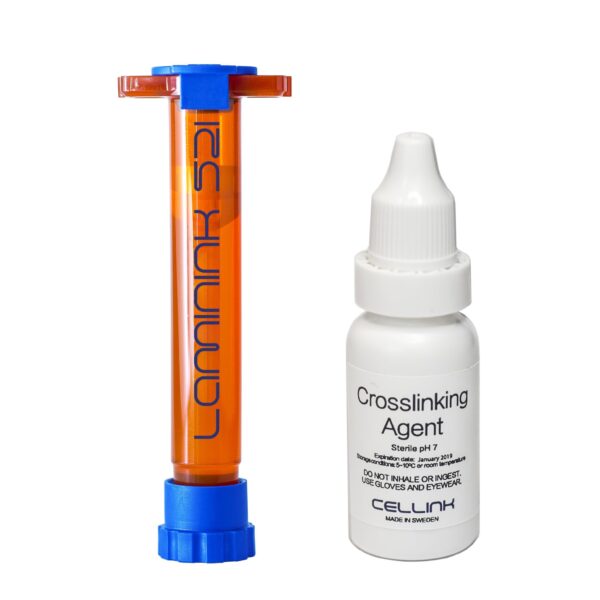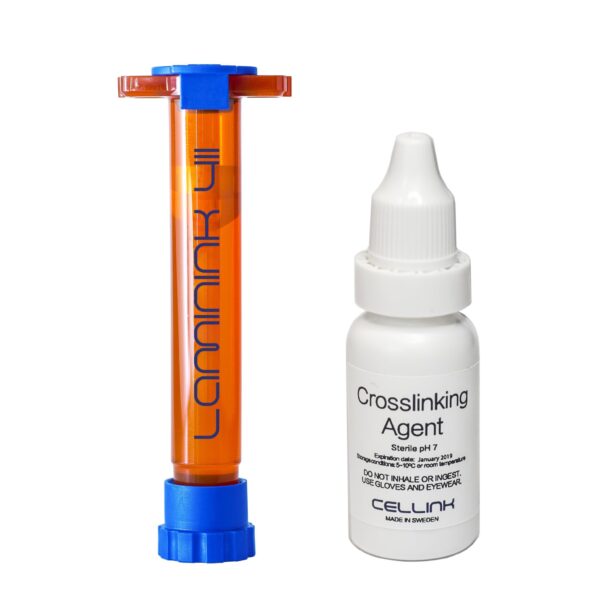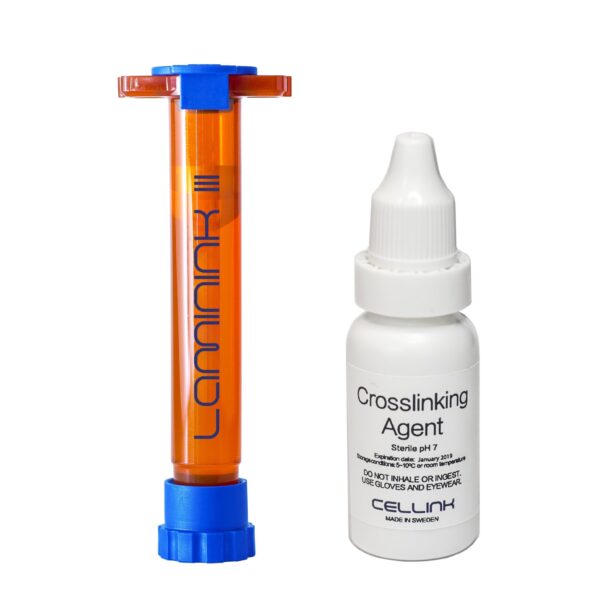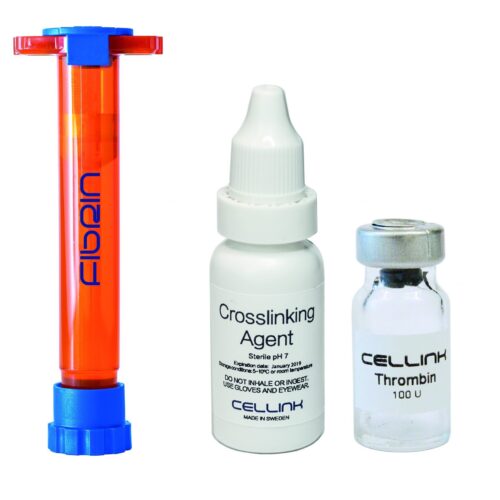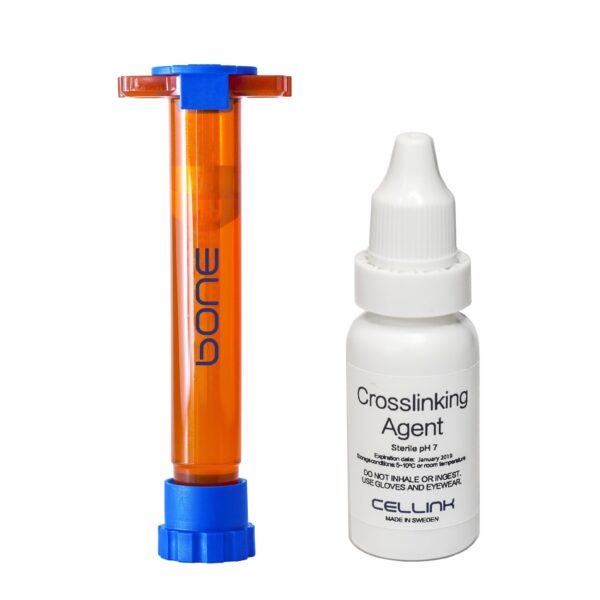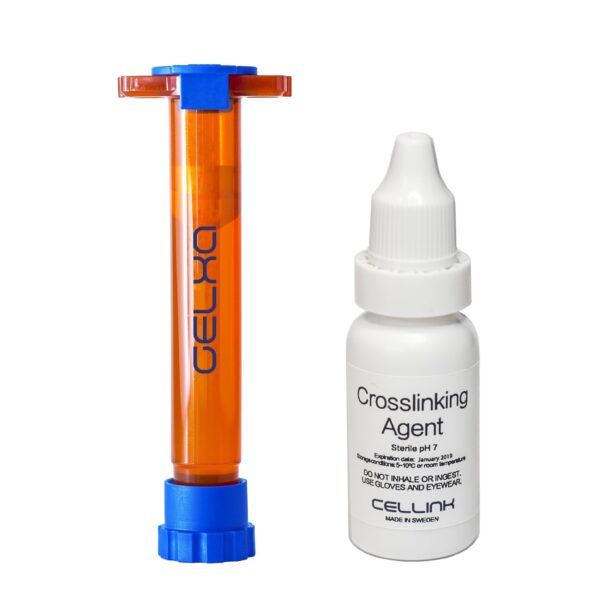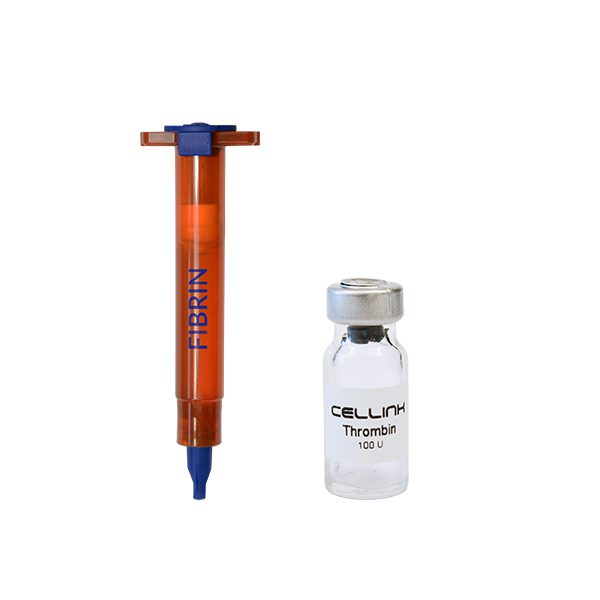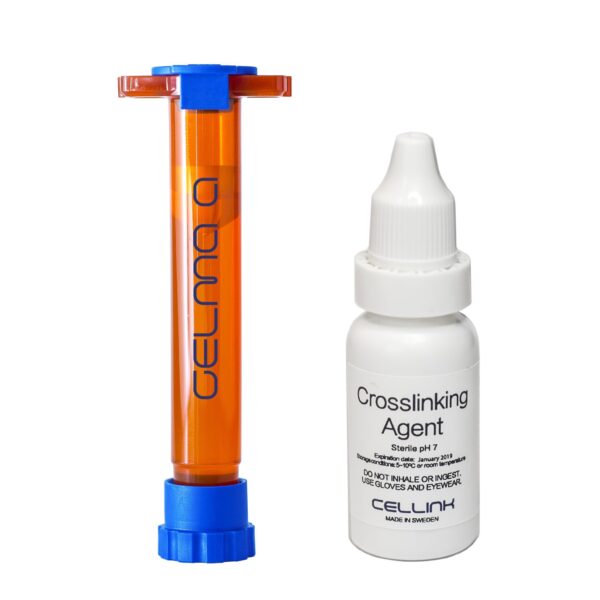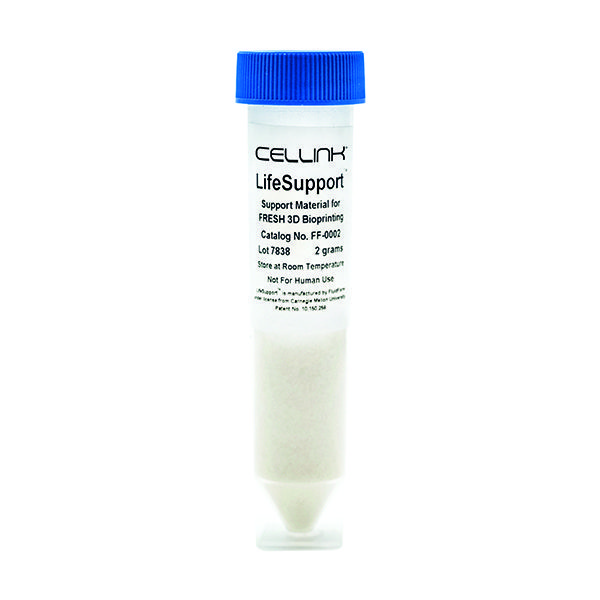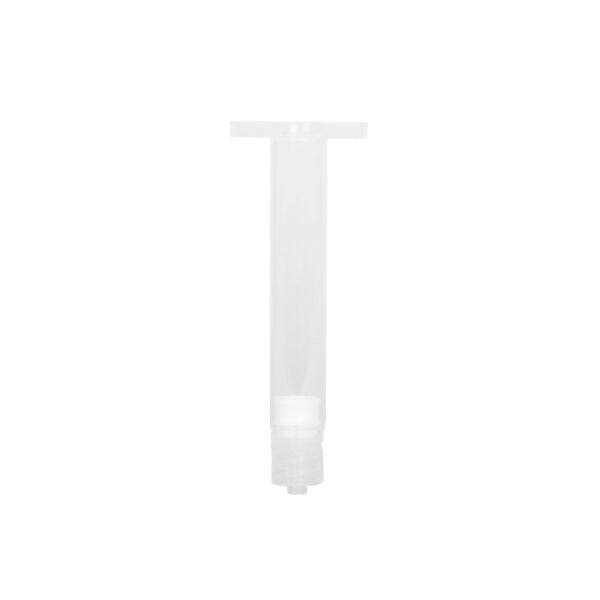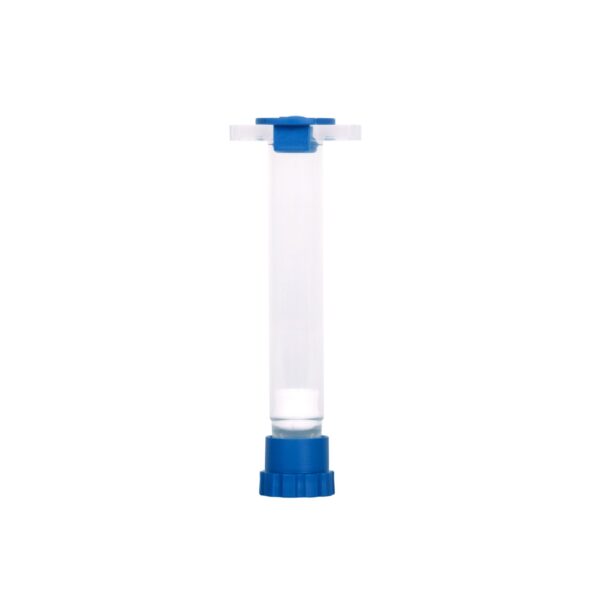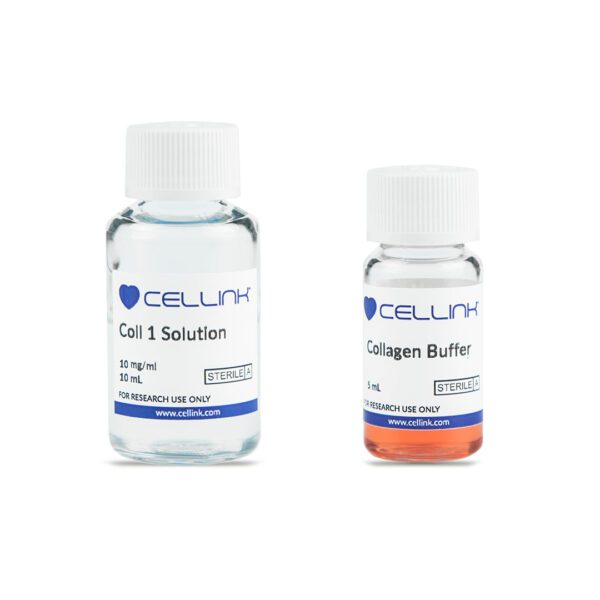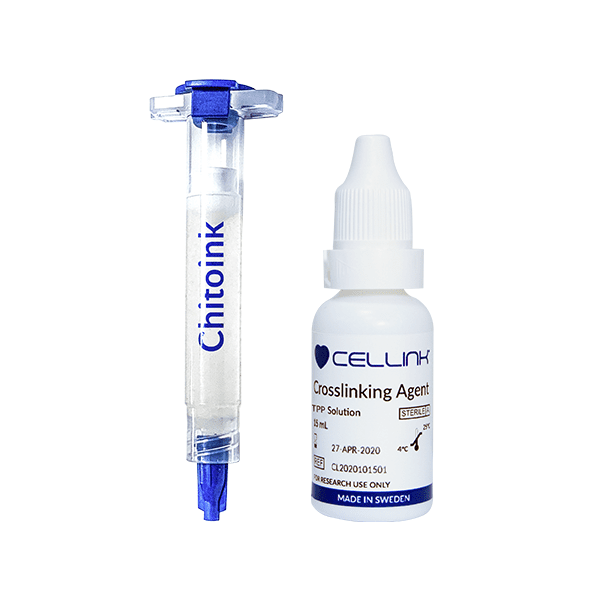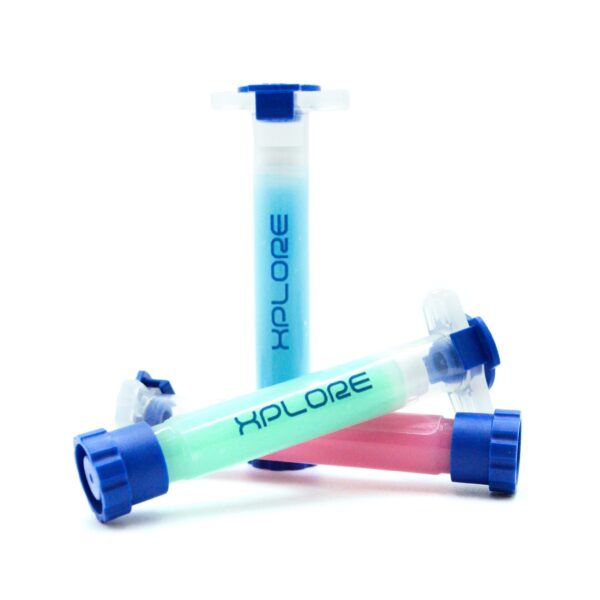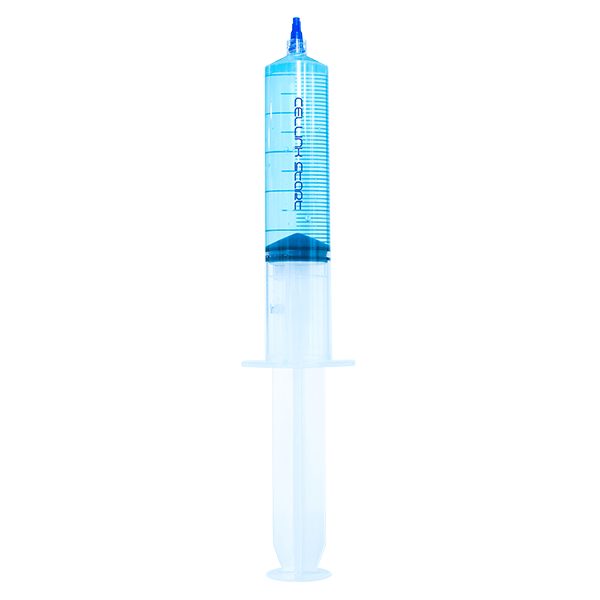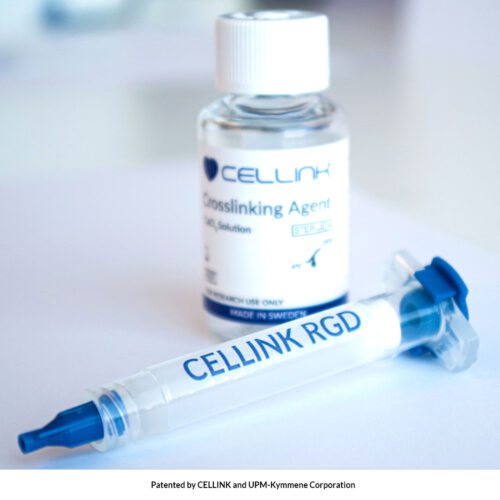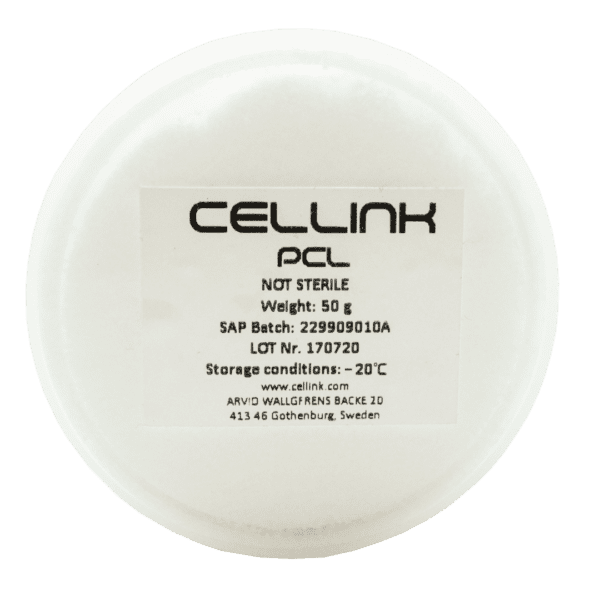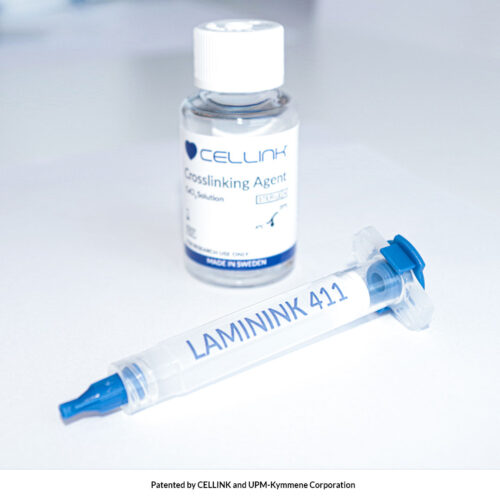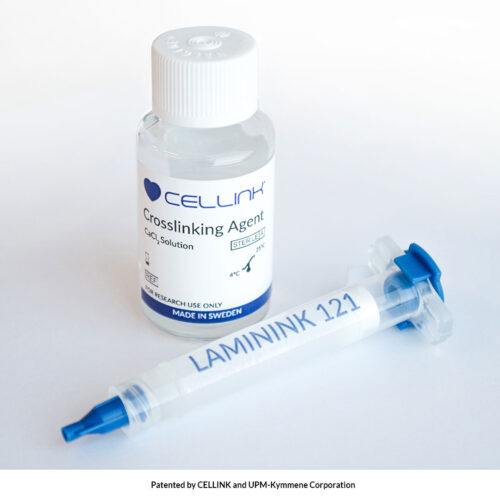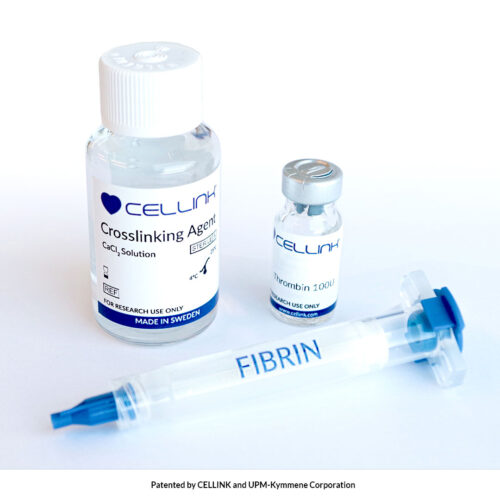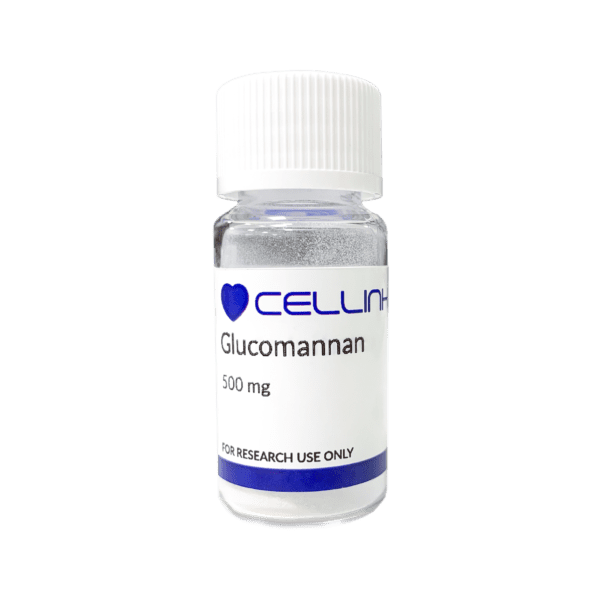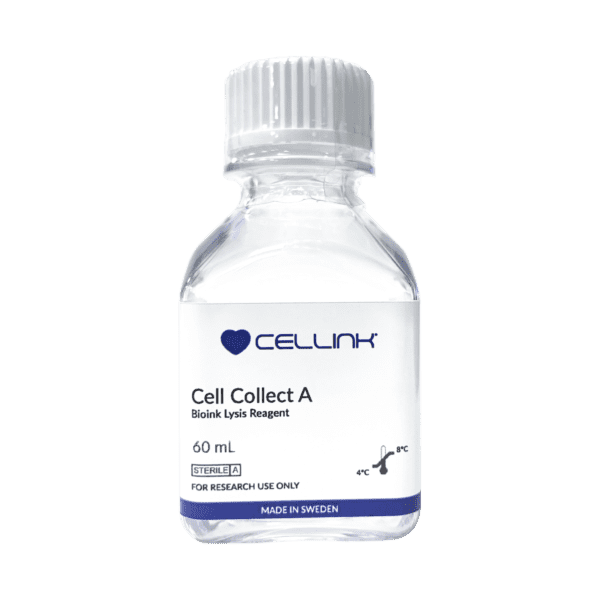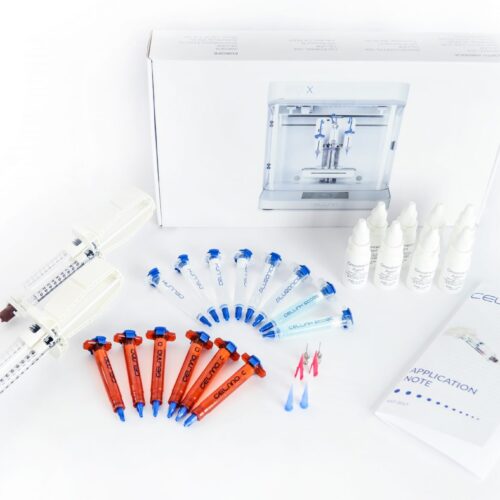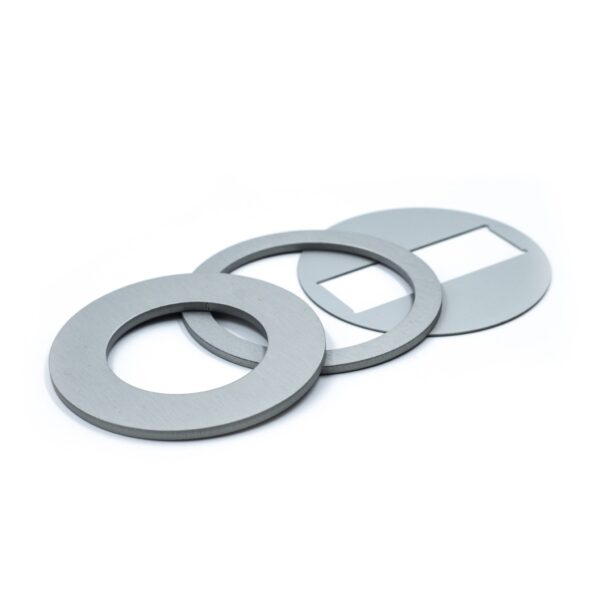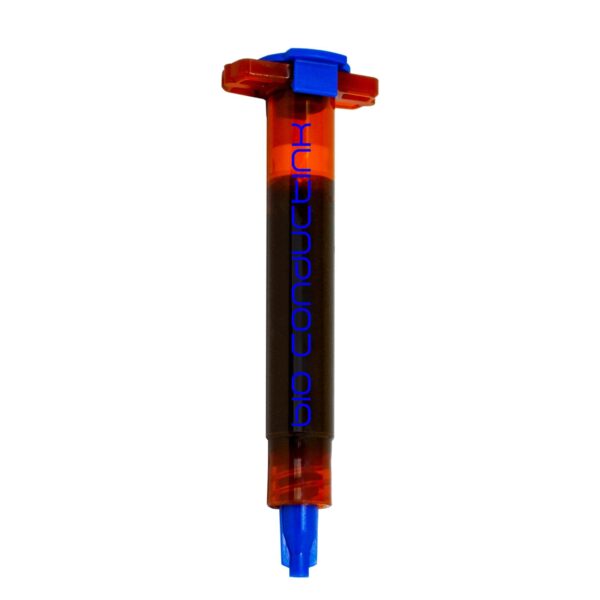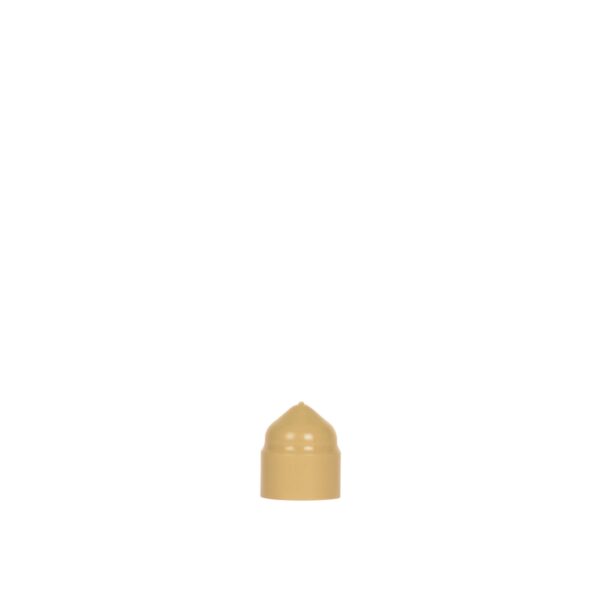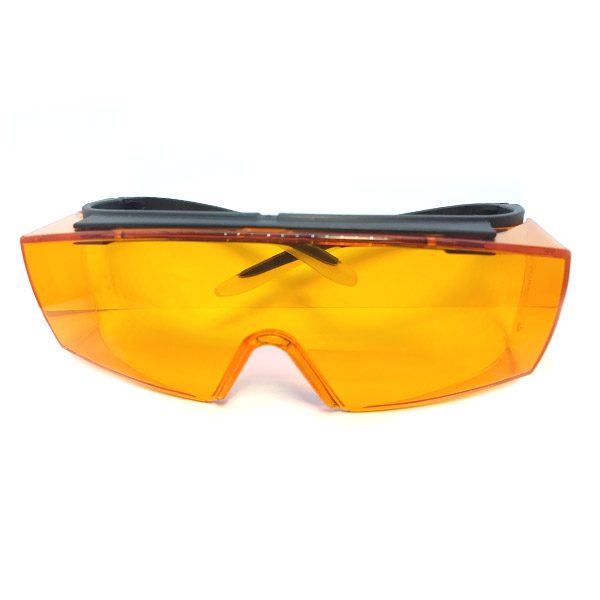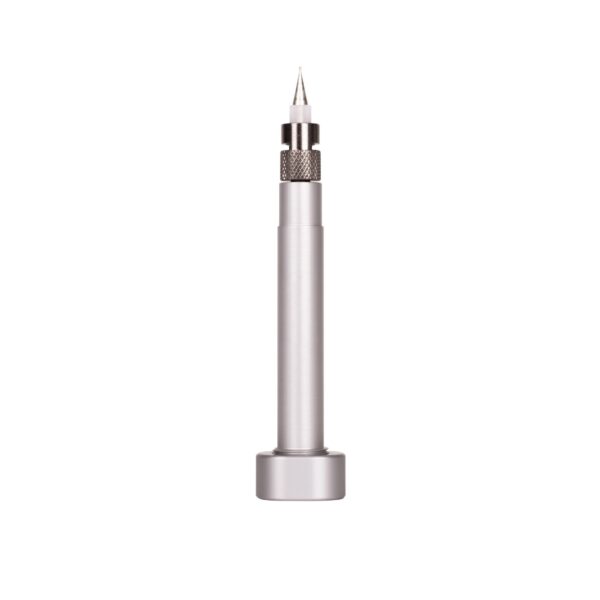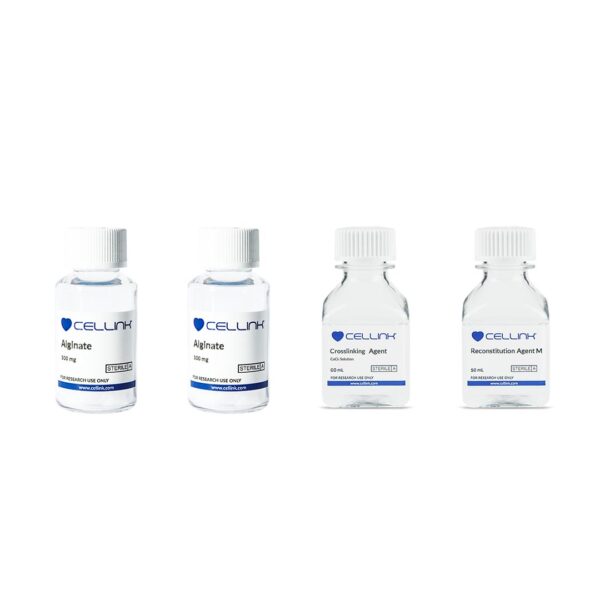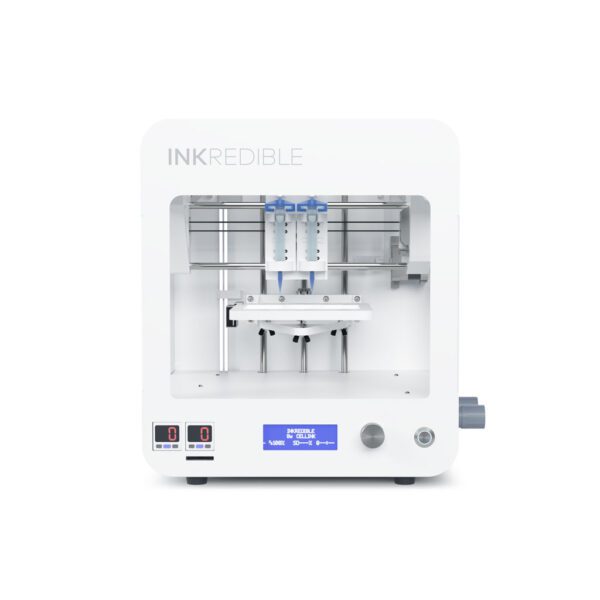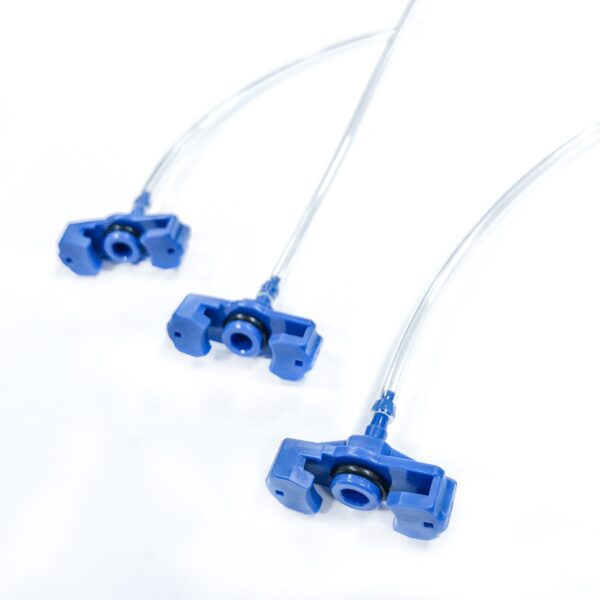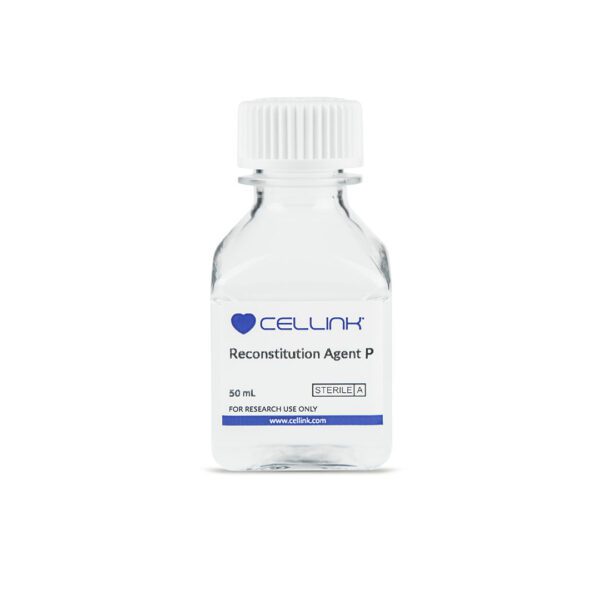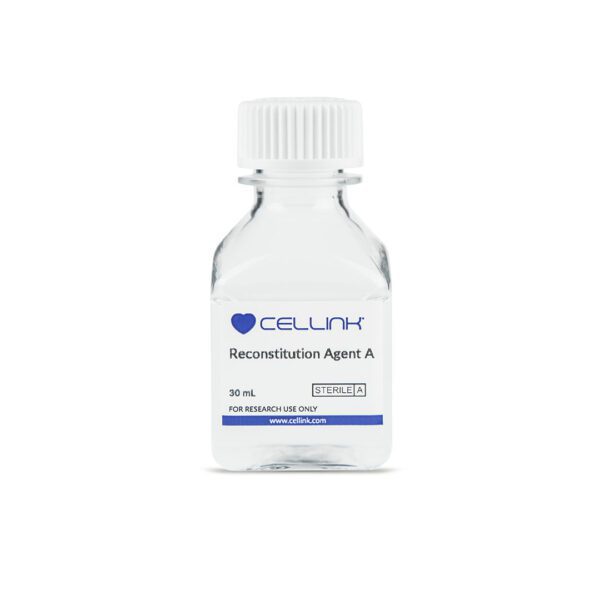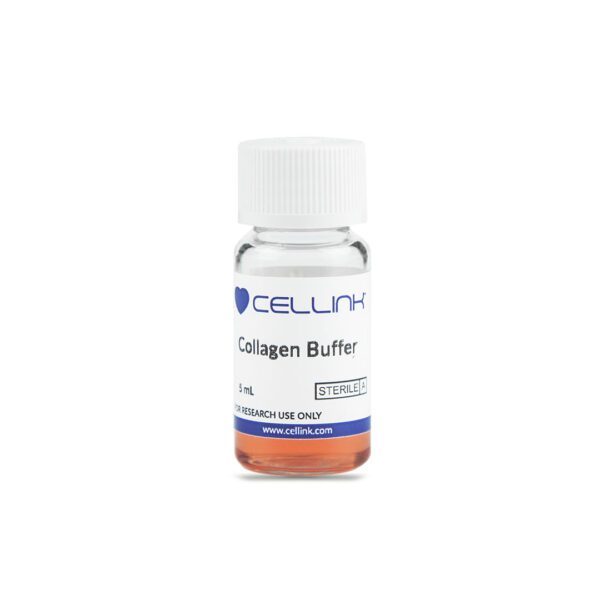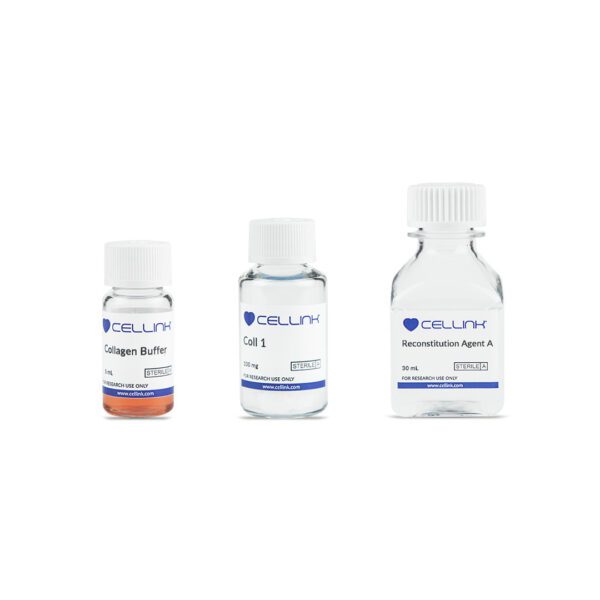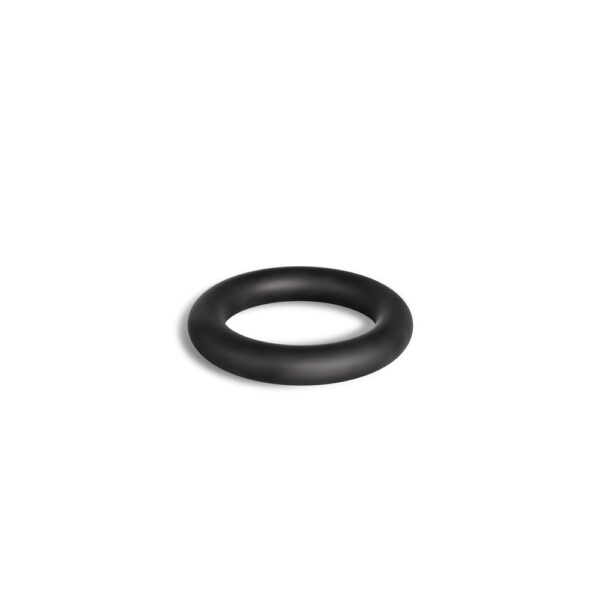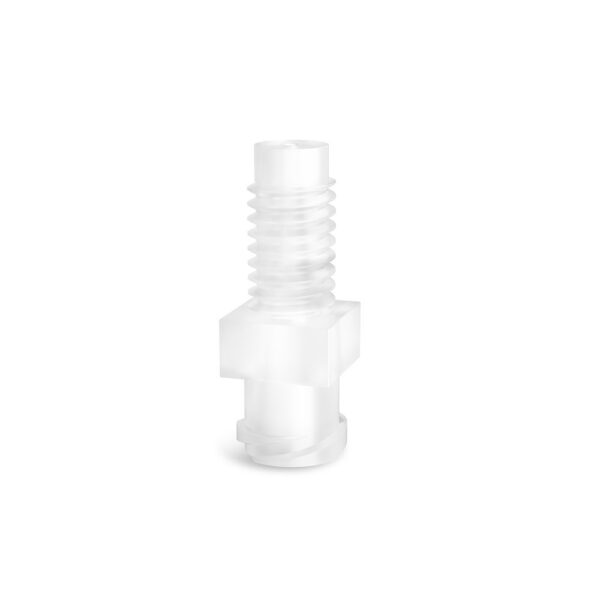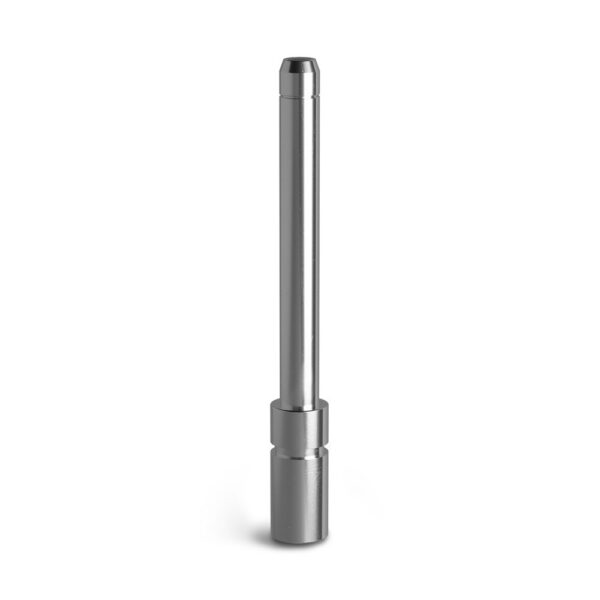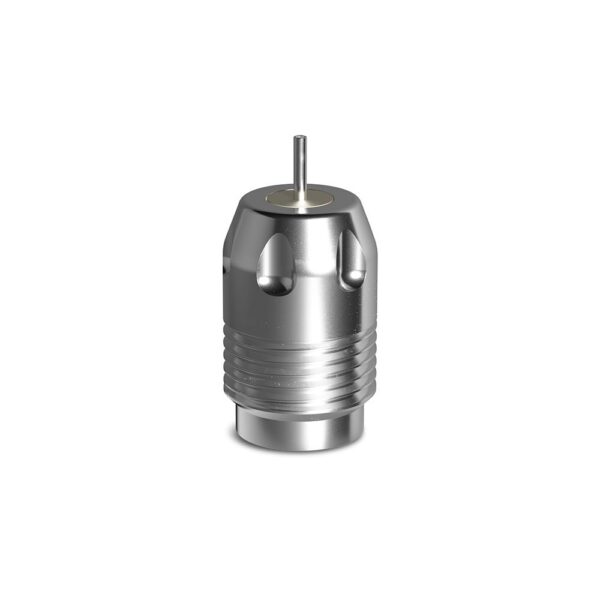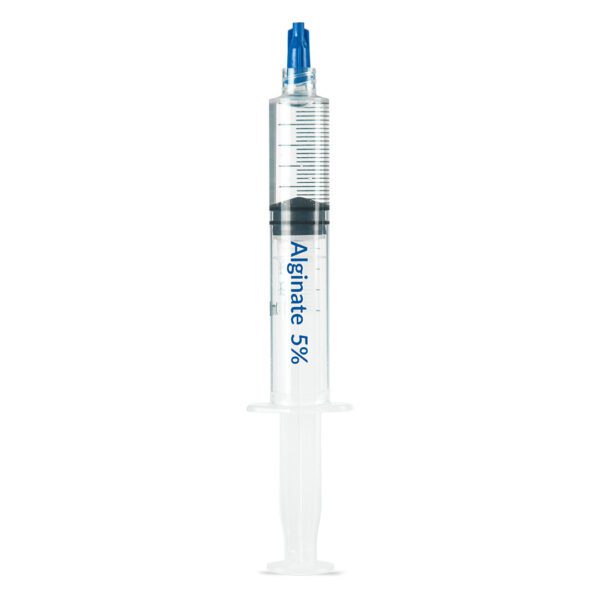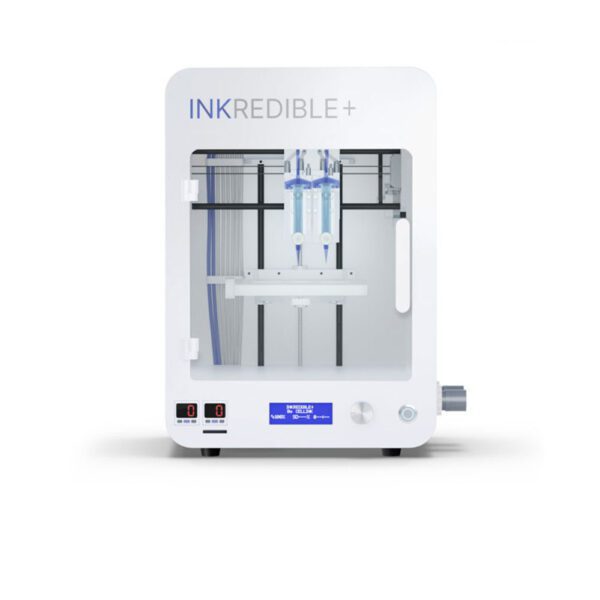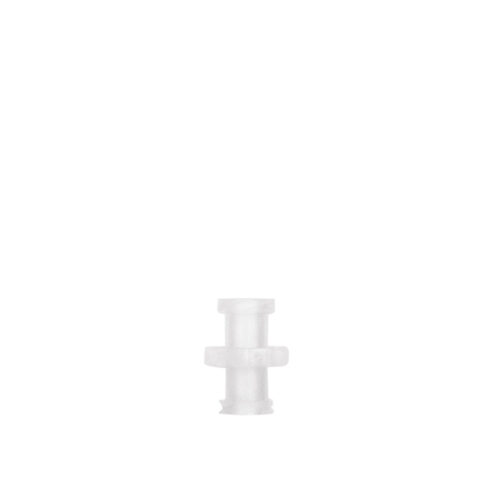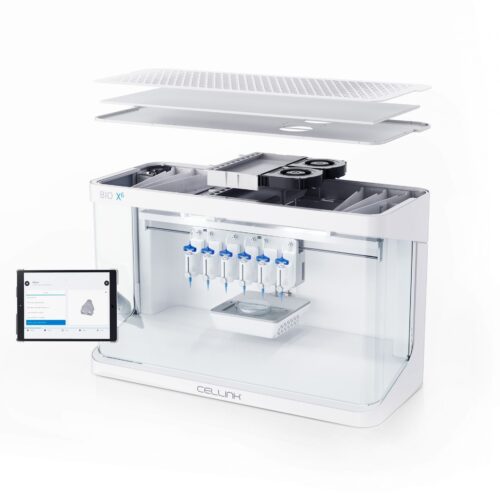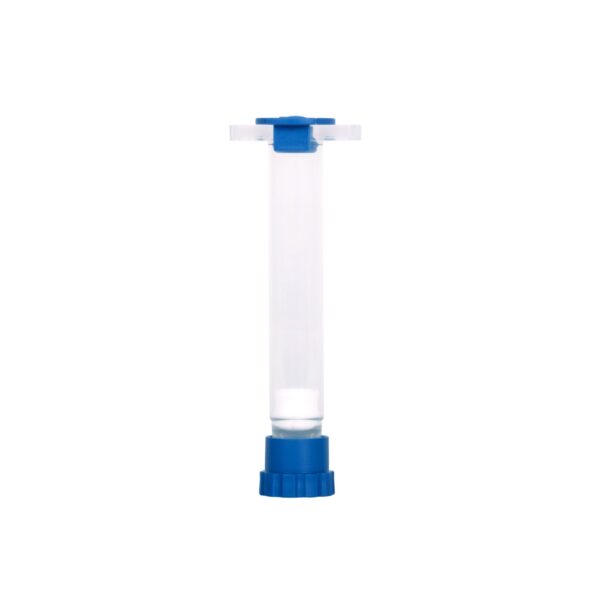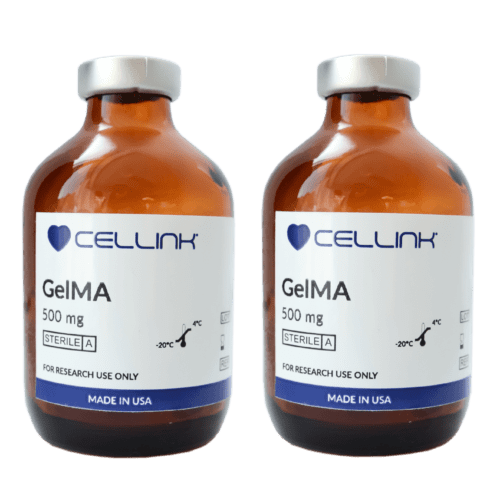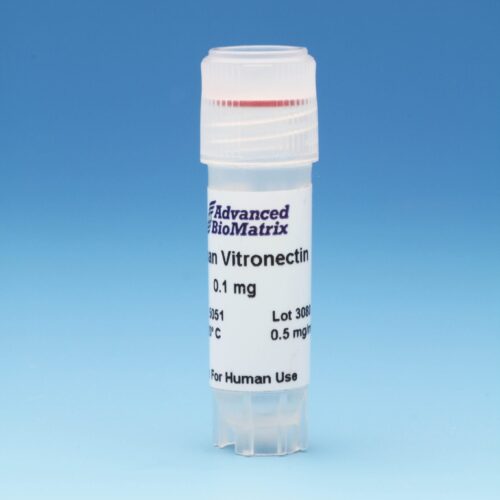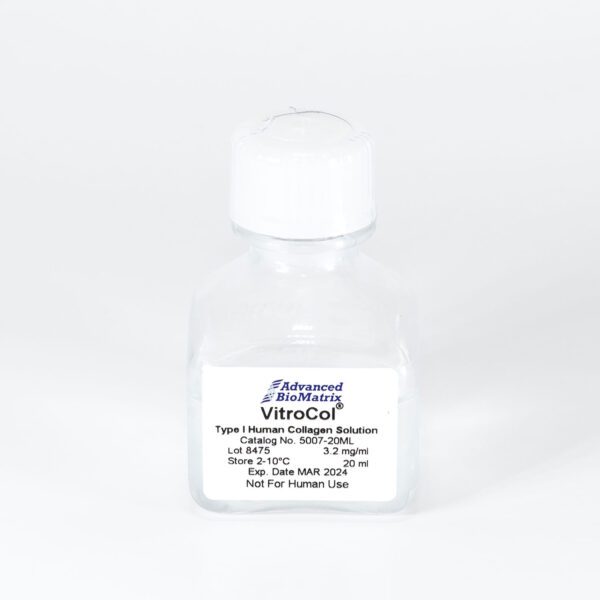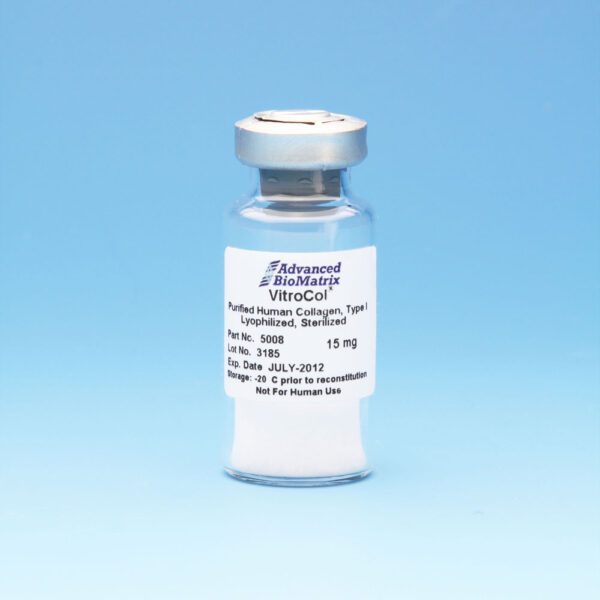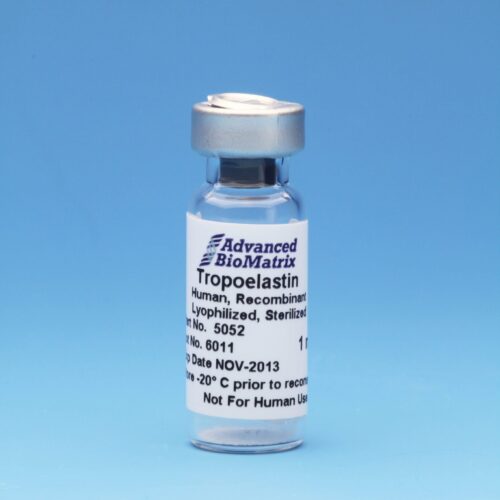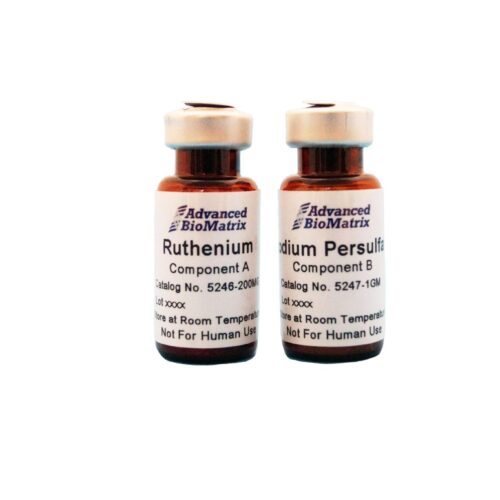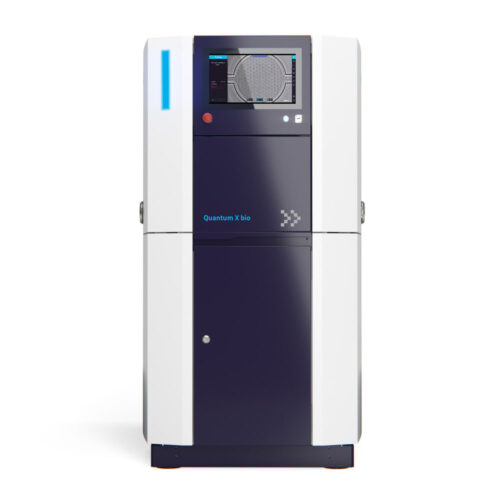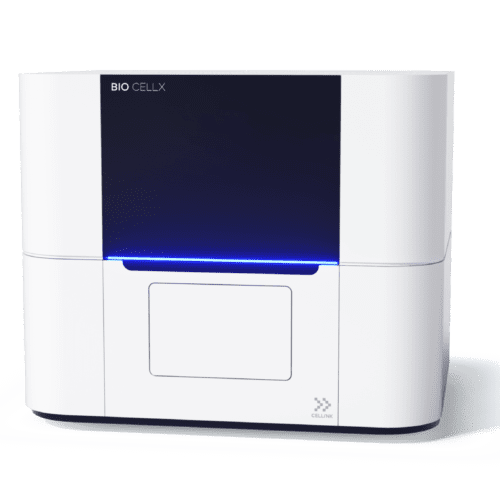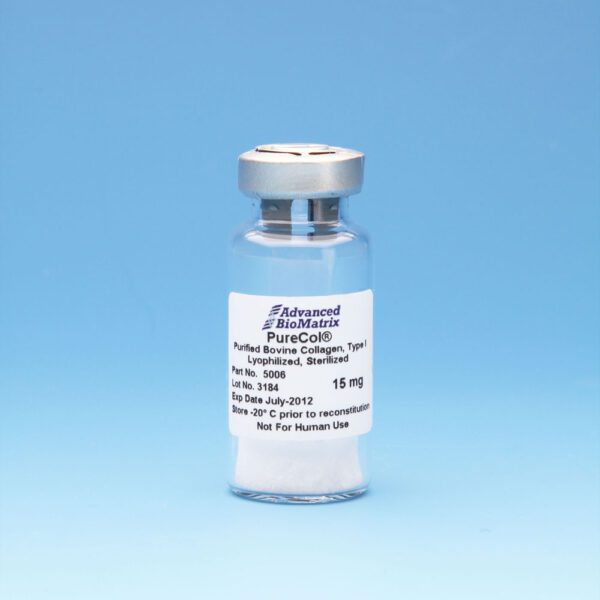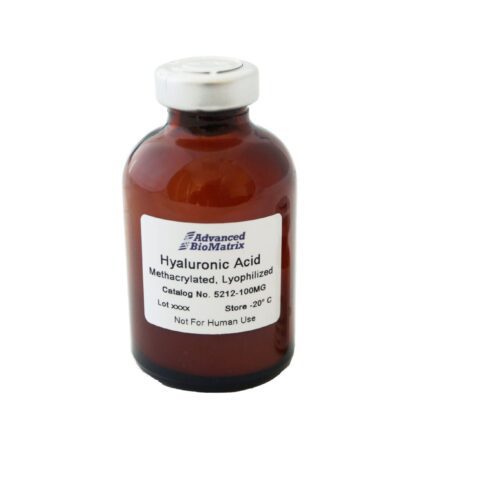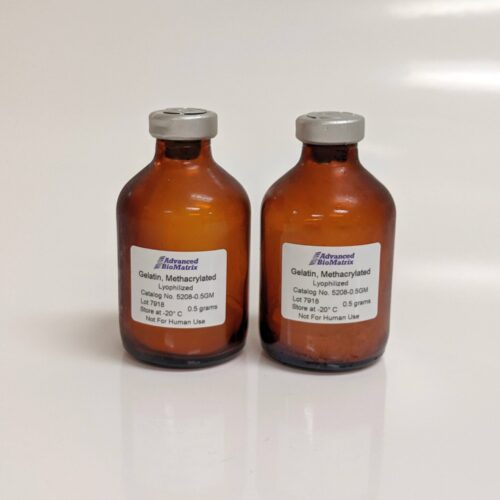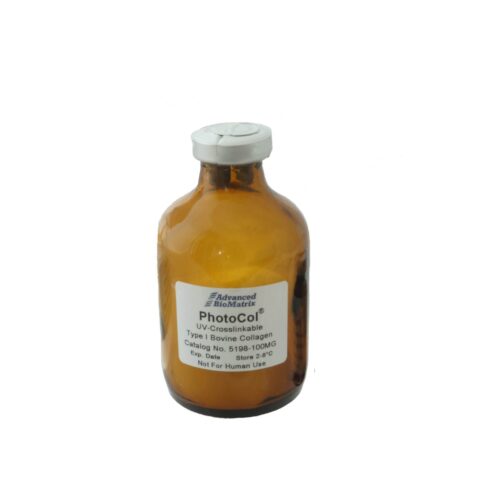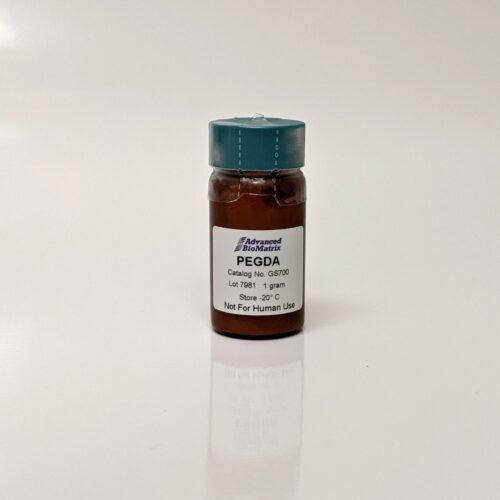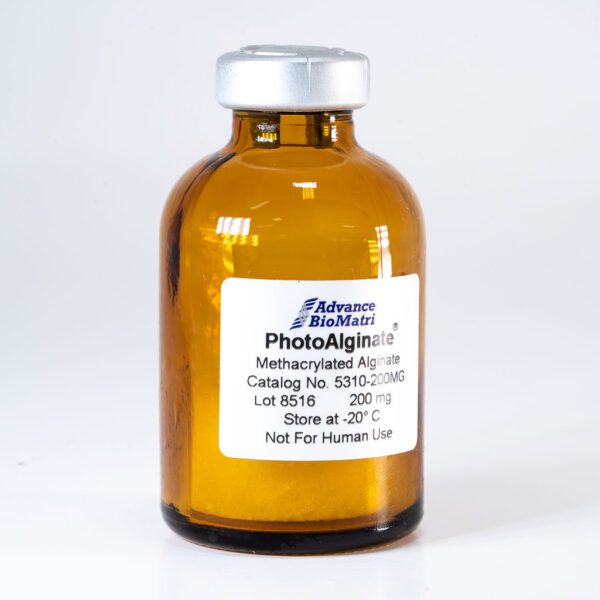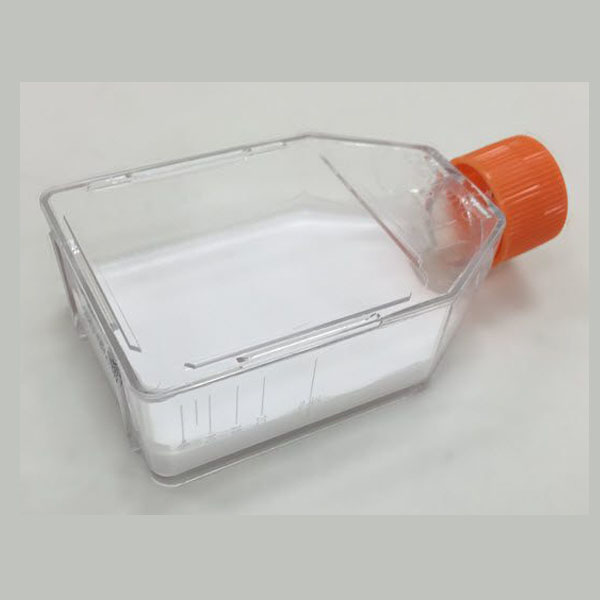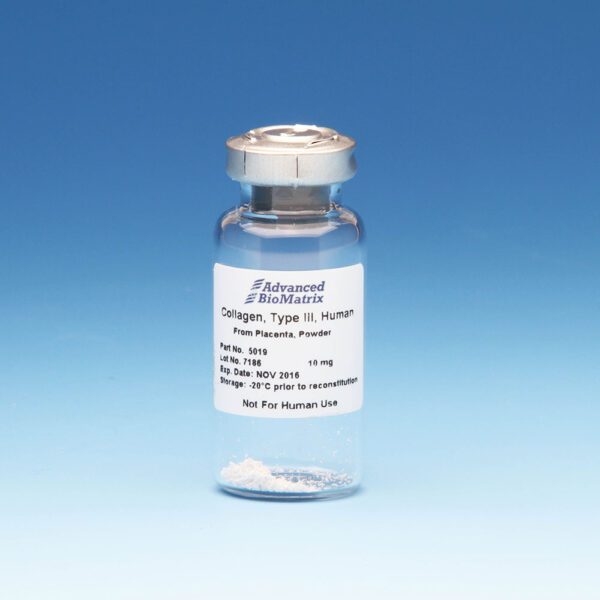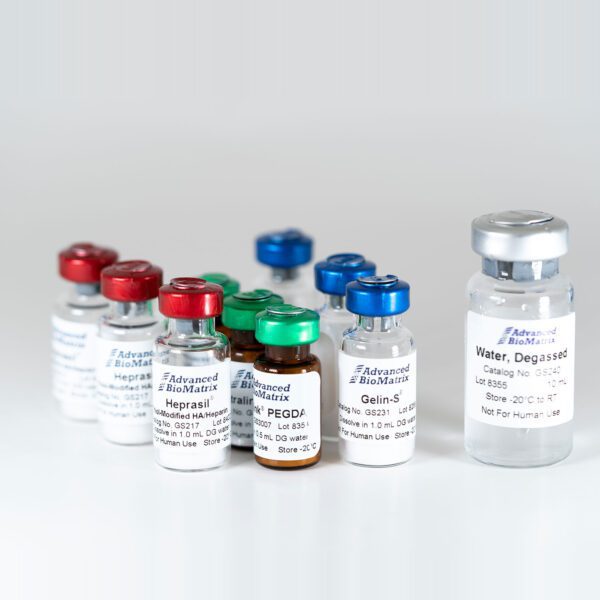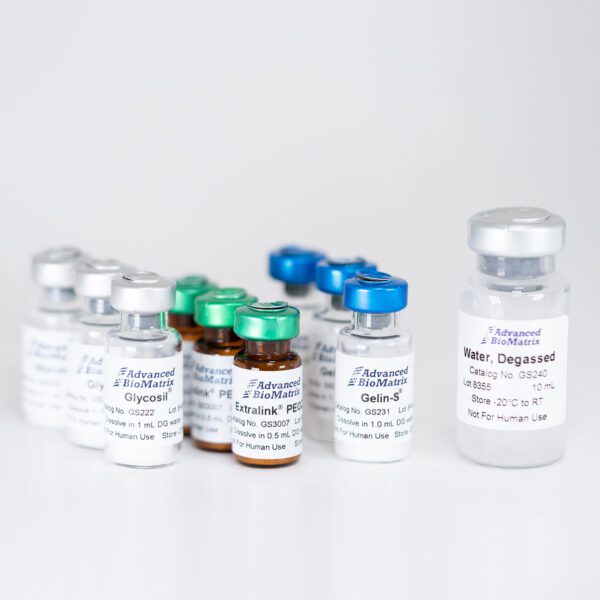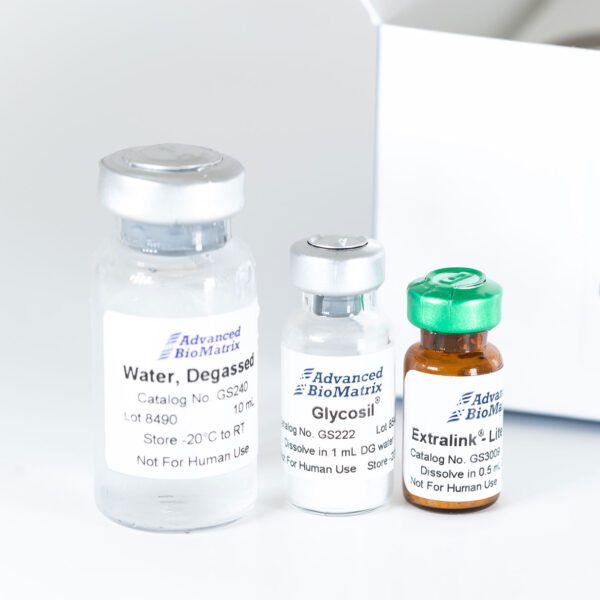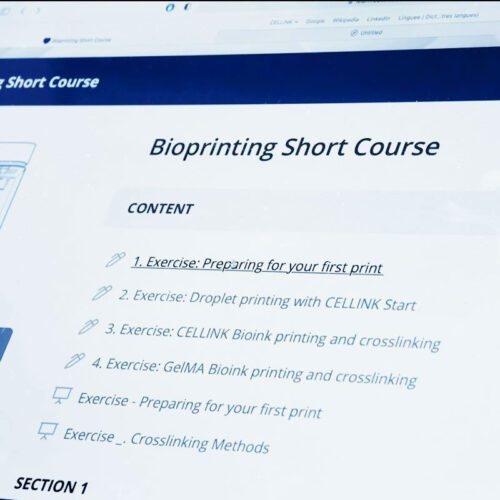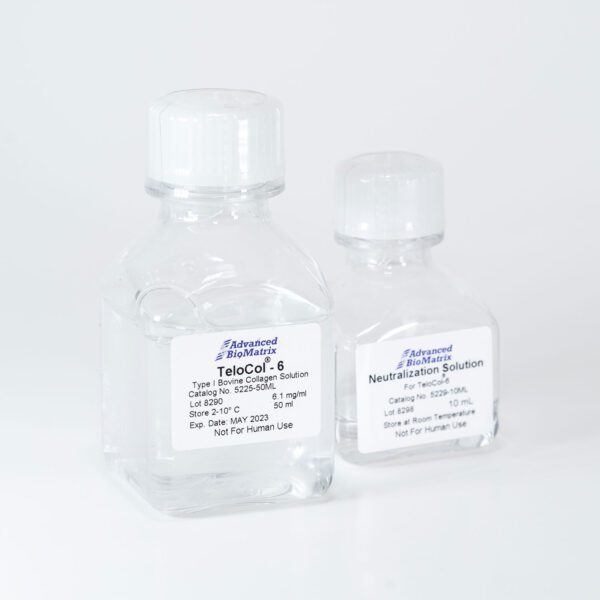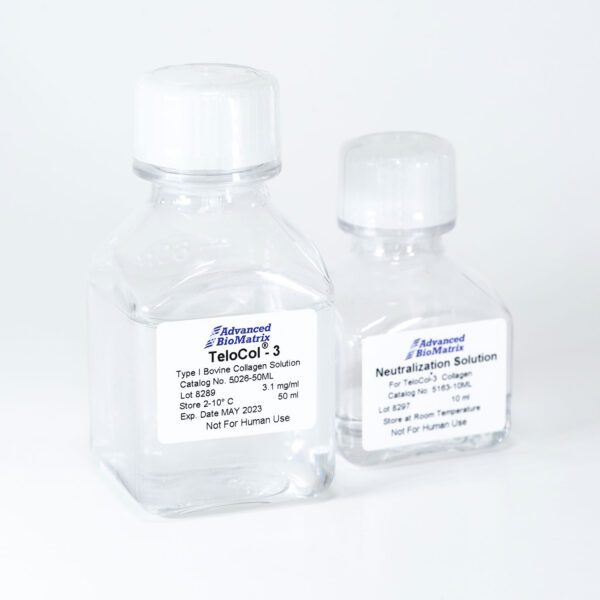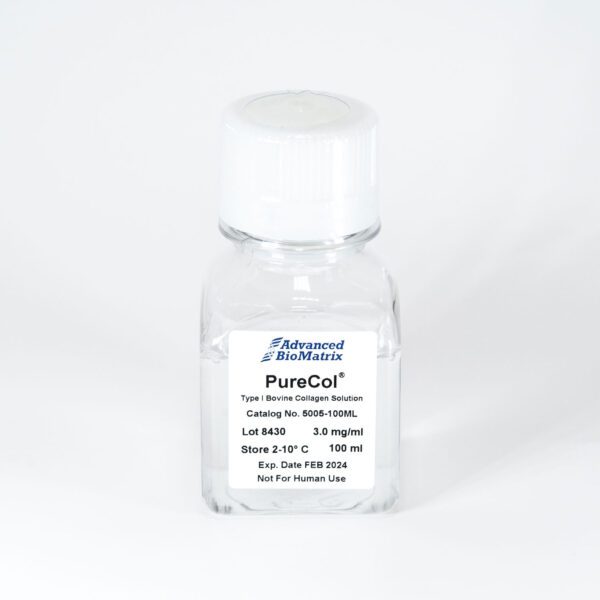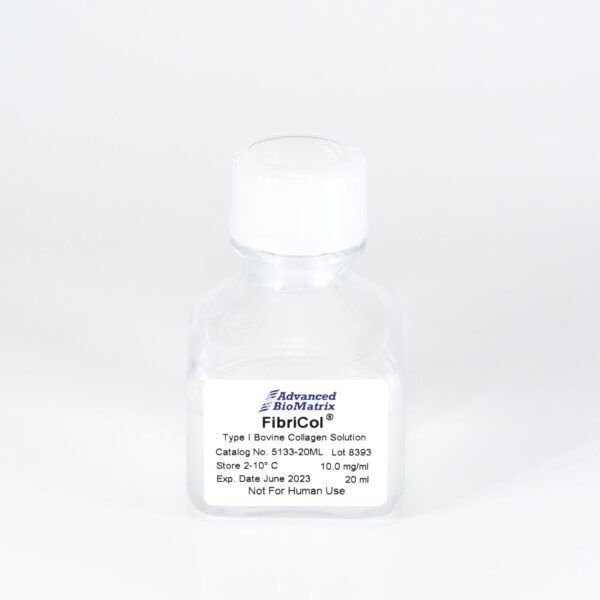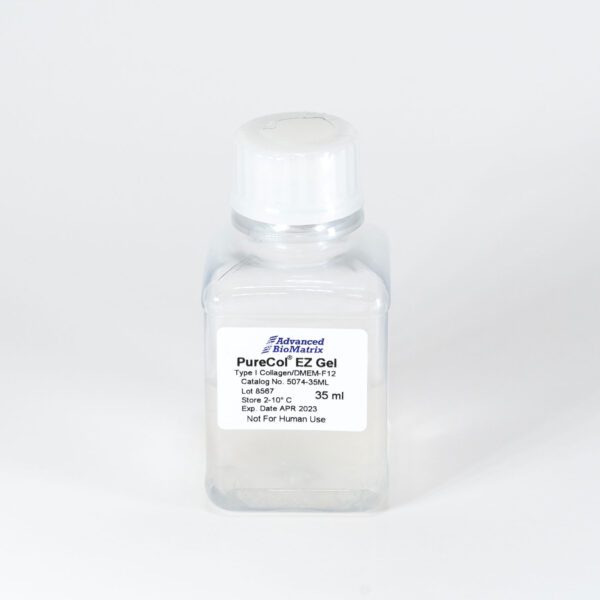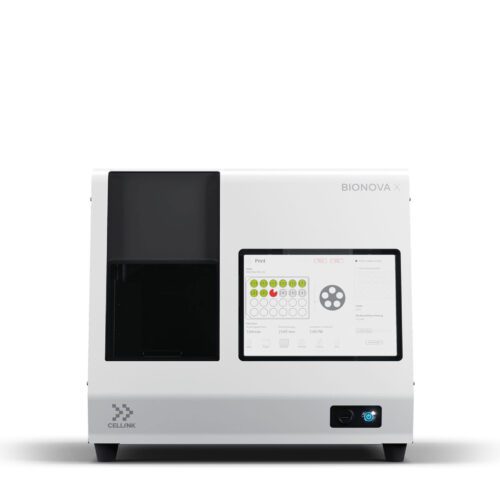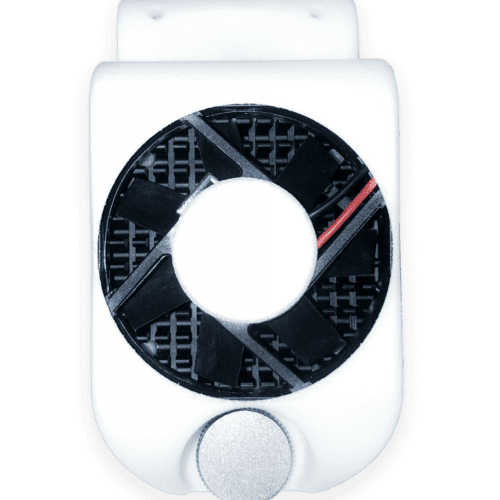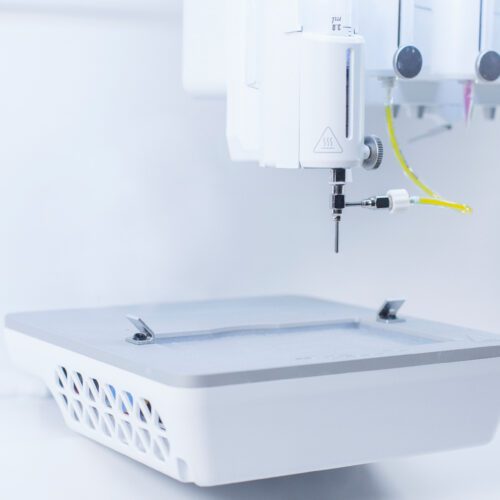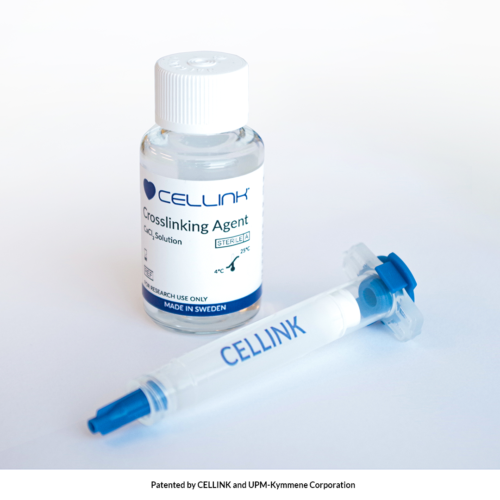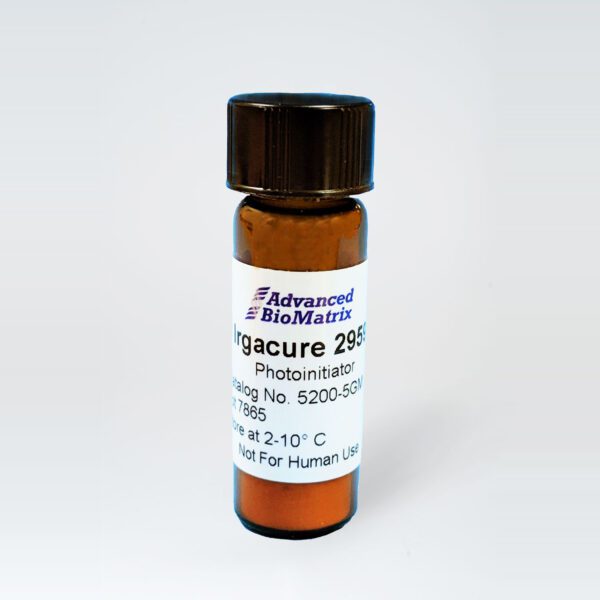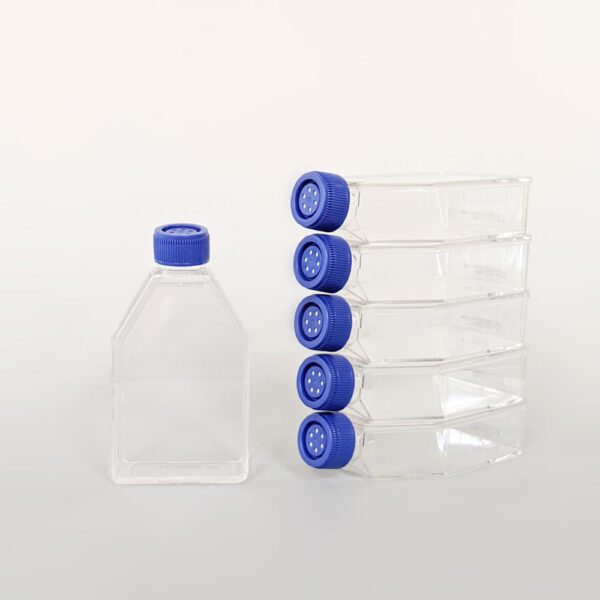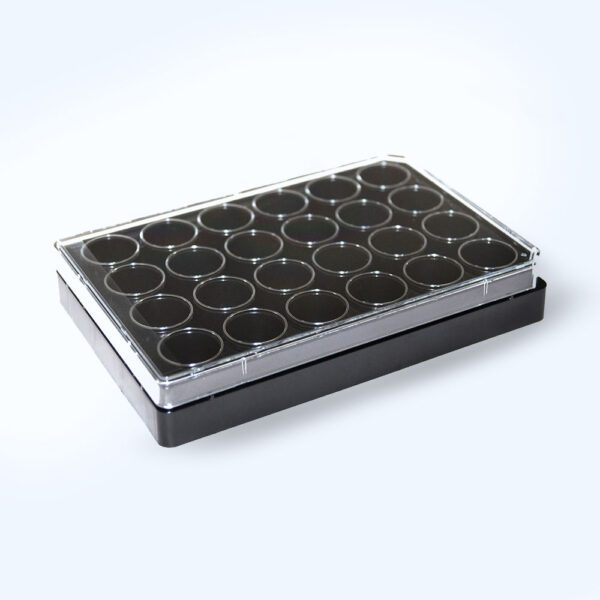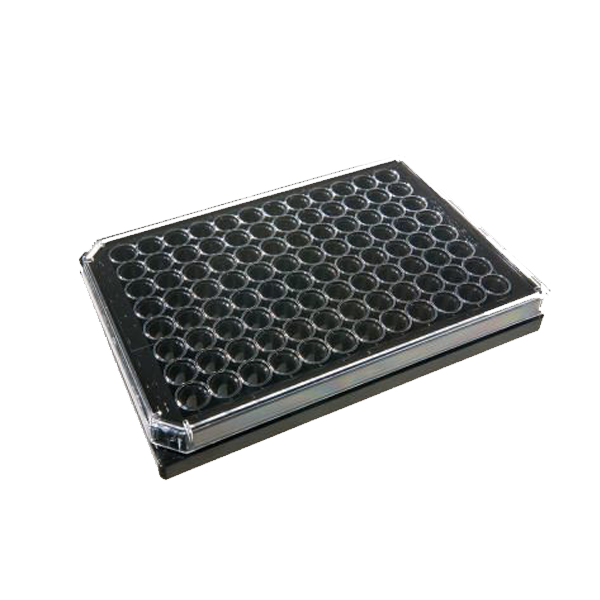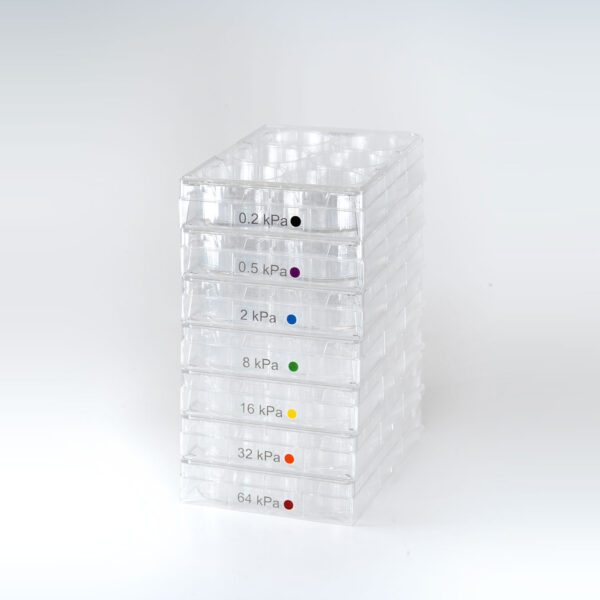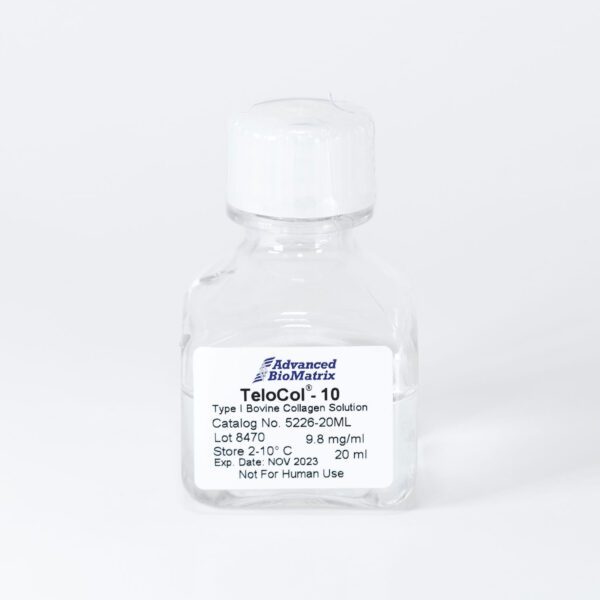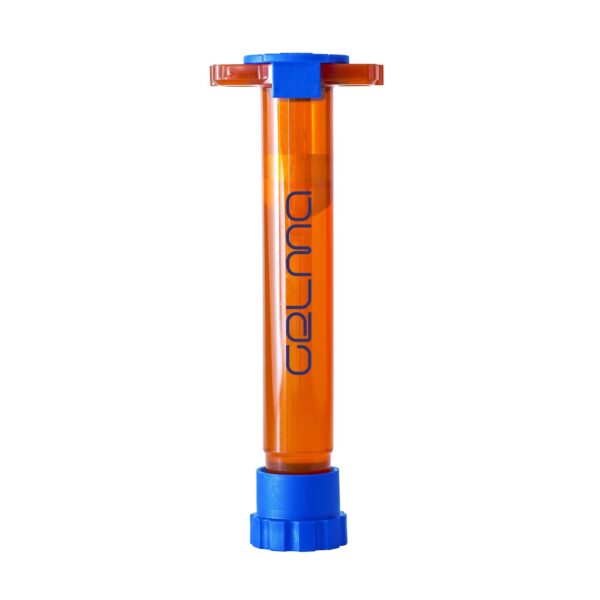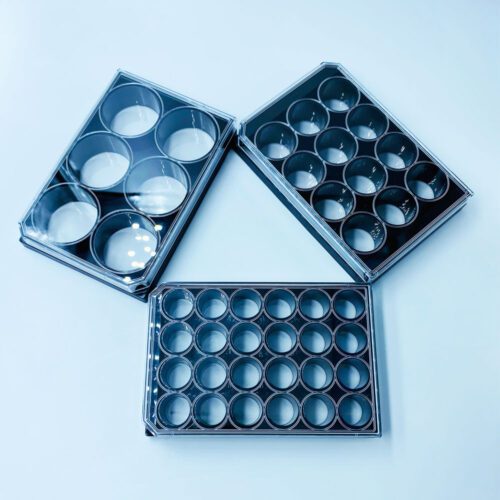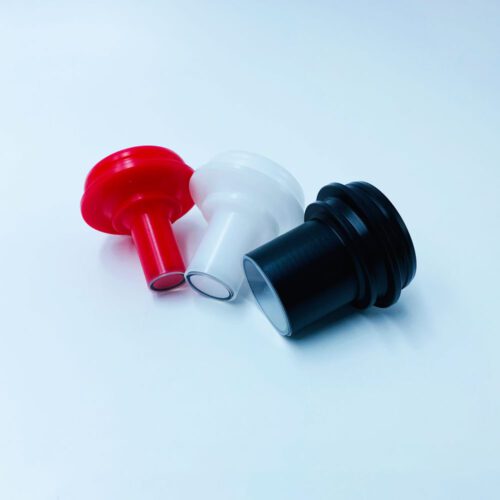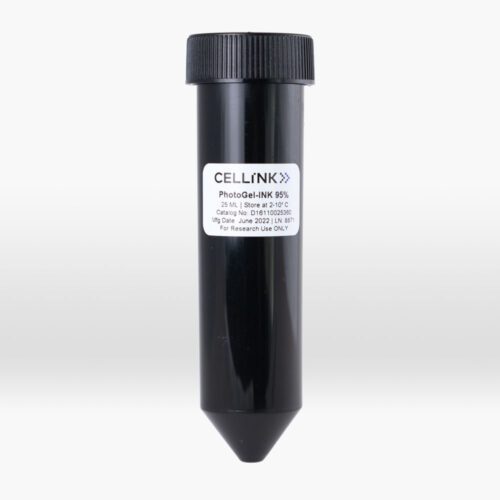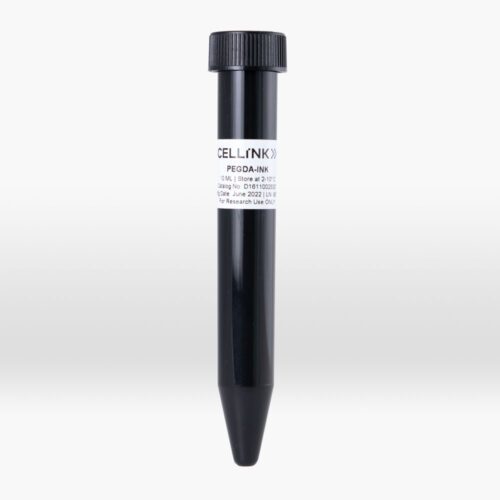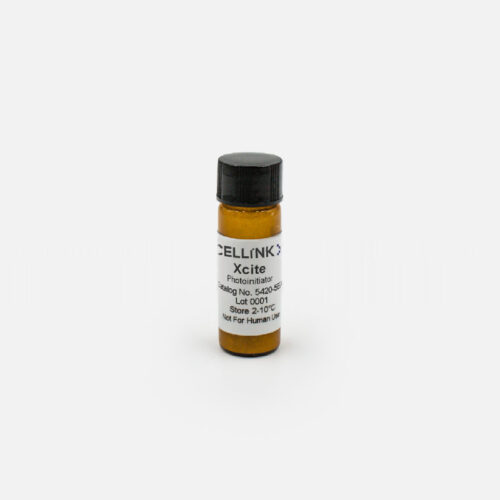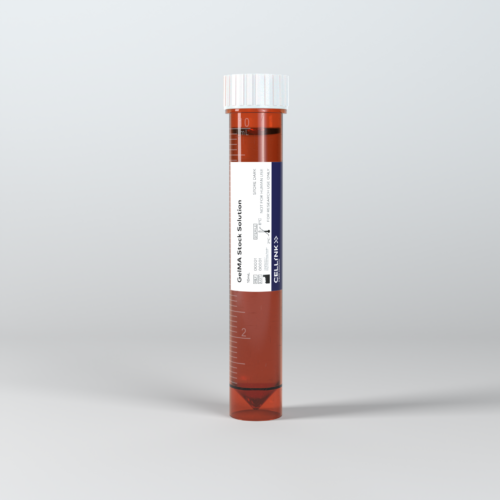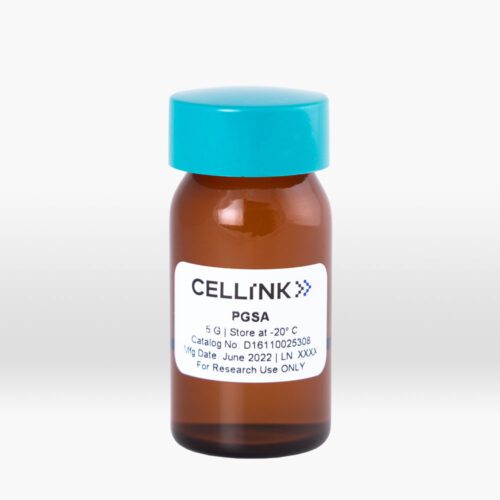Stratasys J850™ Digital Anatomy™ 3D Printer
Replicating Realism: Exploring the Boundaries of Reality with the J850 Digital Anatomy 3D Printer
The revolutionary J850 Digital Anatomy 3D printer (DAP) based on Polyjet technology pioneered by Stratasys and is designed to produce 3D anatomy models that accurately emulate the biomechanical properties of human tissue. The breakthrough brought by this medical 3D Printer enables the creation of highly realistic 3D Anatomy models for testing and training purposes. By closely replicating the characteristics of human tissue, the anatomy models produced by this medical 3D Printing process offer an unparalleled level of realism and precision compared to the regular phantom models used for medical applications.
The J850 Digital medical 3D printing technology ensures consistent and reliable results, making it an invaluable tool for medical device testing and surgical preparation. One of the significant advantages of using the J850 medical 3D printing technology is the cost savings it offers. Traditional methods of training and testing, such as fabricated simulators, animal models and cadaver, can be prohibitively expensive and time consuming. However, with this advanced medical 3D printing technology, costs can be reduced by up to 70%. This dramatic reduction in expenses and the ability to replace cadaver offered by medical 3D Printing allows institutions to allocate resources more efficiently, making cutting-edge training and testing accessible to a wider range of healthcare professionals.

Anatomical realism you can see and feel
Stratasys J850 DAP medical 3D Printer, with wide range of materials used in 3D Printing process offer a streamlined solution for producing models using different materials on the same build tray, within a single 3D print job. With these medical 3D printers, designers have the flexibility to designate colours for specific parts of a model during the design stage, using CAD software / medical image segmentation software. By saving the model as a VRML file, the color information is retained, enabling the printer to accurately reproduce the desired colors during the 3D printing process. This advanced color-matching capability ensures vibrant and realistic color representation in the final printed models in line with inputs provided to medical image segmentation software. The ability to assign colors at the design stage eliminates the need for cumbersome 3D Printing post-processing efforts or manual painting, reducing production time and costs. The J850 Digital Anatomy printers empower designers to achieve their vision directly in the printing process, resulting in efficient and visually appealing 3D Printed anatomy models.
J850 Digital Anatomy Printer (DAP) also empowers medical device companies by revolutionizing their R&D and training processes. With this polyjet technology, 3D Printing machine engineers can accelerate prototyping, testing, and iterative improvements of medical devices using biomechanically accurate 3D Printed models anatomy models resulting in better feedback as compared to medical phantom models or cadaver. Additionally, this medical 3D Printer also enables the production of custom jigs and fixtures for small-scale in-house manufacturing processes or biocompatible ones to be used in Operation theatre environment. By leveraging the capabilities of the DAP 3D Printer, medical device companies can enhance their productivity, innovation, and overall efficiency.
Innovative materials make it possible.
With wide array of materials used in 3D Printing coupled with medical image segmentation software, one can 3D Print anatomy models exhibiting following characteristics:
GelMatrix : GelMatrix is a unique material used in medical 3D printers, known for its ability to create intricate vascular structures aligned with inputs to image segmentation software. The GelSupport™ depositing patterns facilitate the easy removal of internal support material, resulting in highly detailed and realistic prints.
TissueMatrix : TissueMatrix one of the key materials used in 3D Printing is a sophisticated material configuration that enables the creation of 3D Printed anatomy models with properties similar to native organ tissue. When force is applied, these anatomy models they exhibit lifelike behaviour, providing a realistic training, testing and surgical experience.
BoneMatrix : Bonematrix utilizes complex 3D Printing material depositing patterns to replicate the porous structure of bones, as well as the characteristics of fibrotic tissues and ligaments. This technology allows for the production of 3D Printing bone models which are anatomically accurate with exceptional detail.
RadioMatrix : RadioMatrix material, a groundbreaking innovation in medical 3D printing. It is the first radiopaque material specifically designed for this medical 3D Printer. This material produces 3D Printed anatomical models that accurately appear on CT scans or X-ray images, enabling enhanced visualization for diagnostic and planning purposes.
Get more information about our industrial 3D Printer
J850 Digital Anatomy Specifications
The J850 Digital Anatomy Printer brings medical models to life with incredible realism that accurately represents both the appearance and response of human tissue.
Model Materials |
Vero family of opaque materials including neutral shades and vibrant VeroVivid™ colors Agilus30, TangoPlus™ and TangoBlackPlus™ flexible materials VeroClear, VeroUltra™ Clear transparent materials TissueMatrix, BoneMatrix, GelMatrix Biocompatible Clear |
Digital Materials |
Unlimited number of composite materials, including: Over 500,000 colors Digital ABS Plus and Digital ABS2 Plus in ivory and green Rubber-like materials in a variety of Shore A values Ultra-soft rubber-like material with a Shore 00 value Translucent color tints User-developed digital materials with GrabCAD Voxel Print™ |
Support Materials |
SUP705 (waterjet removable) SUP706B (soluble) GelMatrix (waterjet removable) |
Build Size/Printing Area |
490 x 390 x 200 mm (19.3 x 15.35 x 7.9 in.) |
Layer Thickness |
Horizontal build layers down to 14 microns (0.00055 in.) |
Network Connectivity |
LAN – TCP/IP |
System Size and Weight |
1400 x 1260 x 1100 mm (55.1 x 49.6 x 43.4 in.); 430 kg (948 lbs.) |
Operating Conditions |
Temperature 18 – 25 °C (64 – 77 °F); relative humidity 30 – 70% (non-condensing) |
Software |
GrabCAD Print Digital Anatomy software. Optional add-on GrabCAD Voxel Print and/or Digital Anatomy Creator software |
Build Modes |
High Quality (HQ) – 7 different materials / 14μm layers High Mix (HM) – 7 materials / 27μm High Speed (HS) – 3 materials / 27μm, x2 speed Super High Speed(SHS)- 1 material / 54 μm, x4 speed |
Accuracy |
Typical deviation from STL dimensions, for models printed with rigid materials, based on size: under 100 mm: ±100μ; above100 mm: ±200μ or ± 0.06% of part length, whichever is greater. Please refer to material-specific spec sheets for accuracy estimates. |
Enough Talk Let’s Build Something Together
Industries
Industries We Serve with 3D Printing & Advanced Manufacturing

Rapid Prototyping

Functional Prototyping

Tooling
Injection Molding

Jigs and Fixtures

Production Parts

Rapid Prototyping

Functional Prototyping
Concept/ Injection Modeling

Orthodontic Models

Cast Partial Frames
Implant Models

Surgical Guides

Preclinical Testing

Clinical Training Models

Medical Manufacturing

Surgical Planning Models

Research

Rapid Prototyping

Tooling

Jigs and Fixtures

Production Parts

Spare Parts

Designing Art Installations

Modern Sculptures

